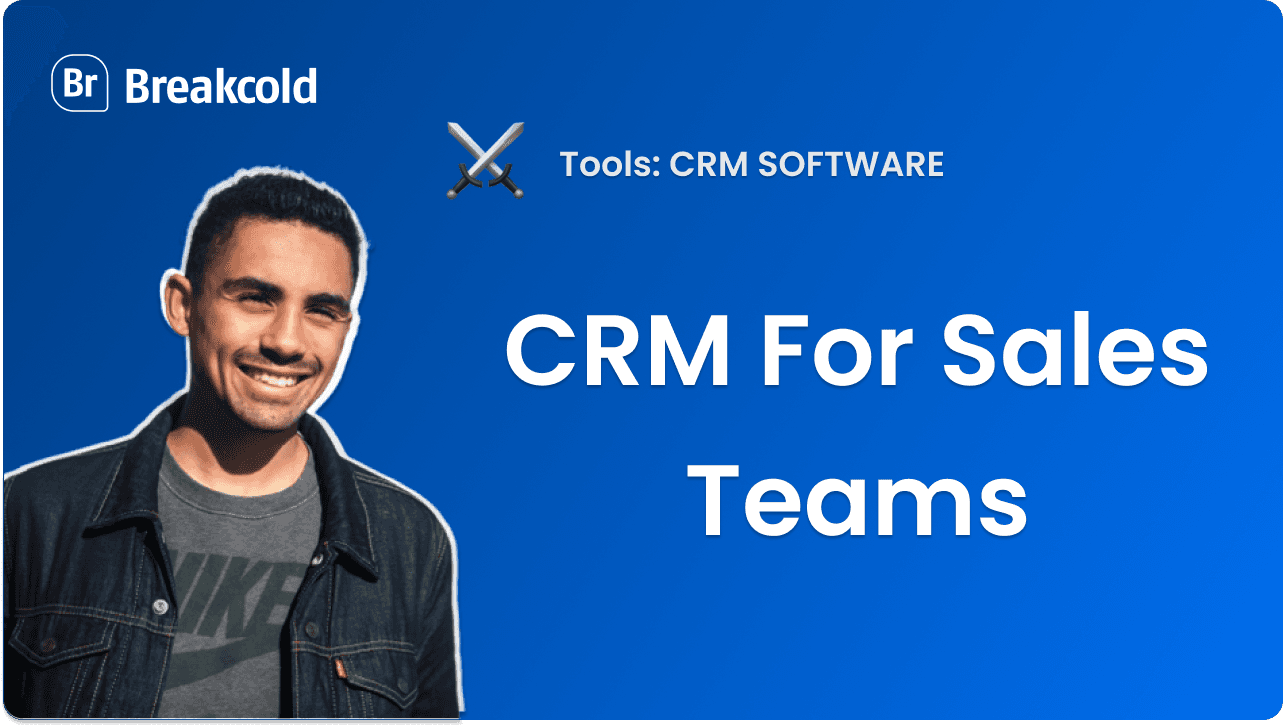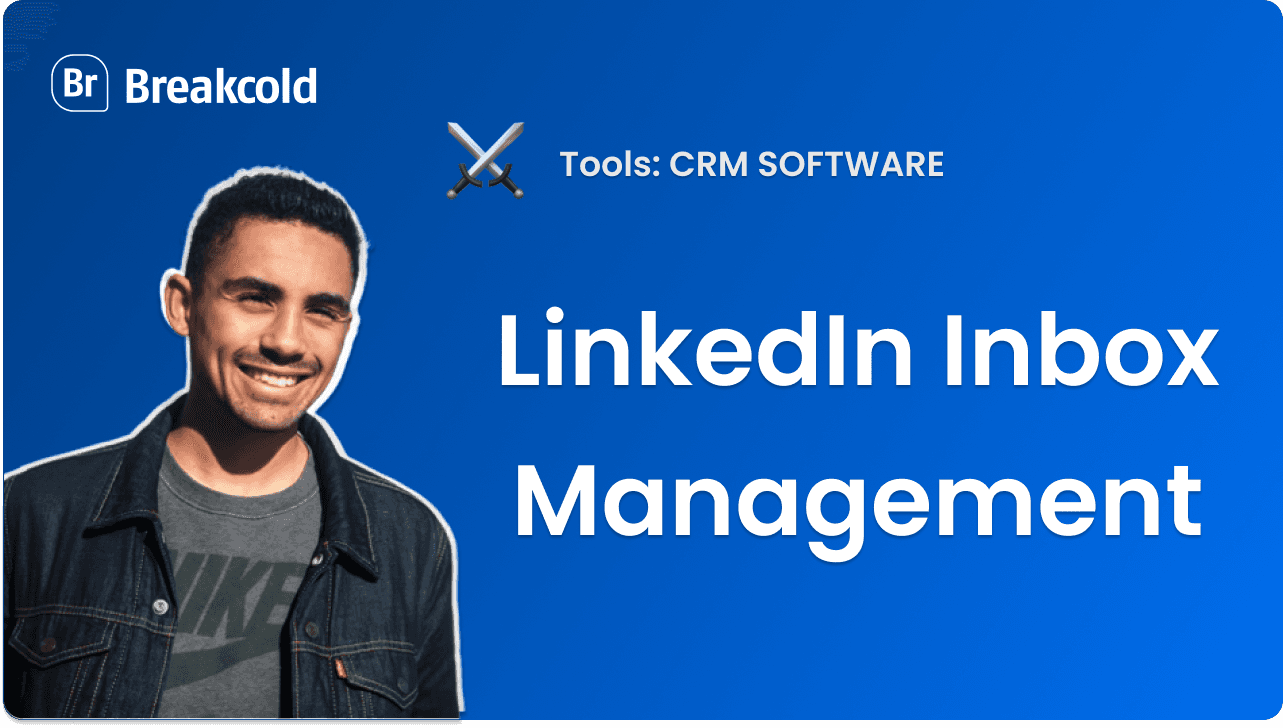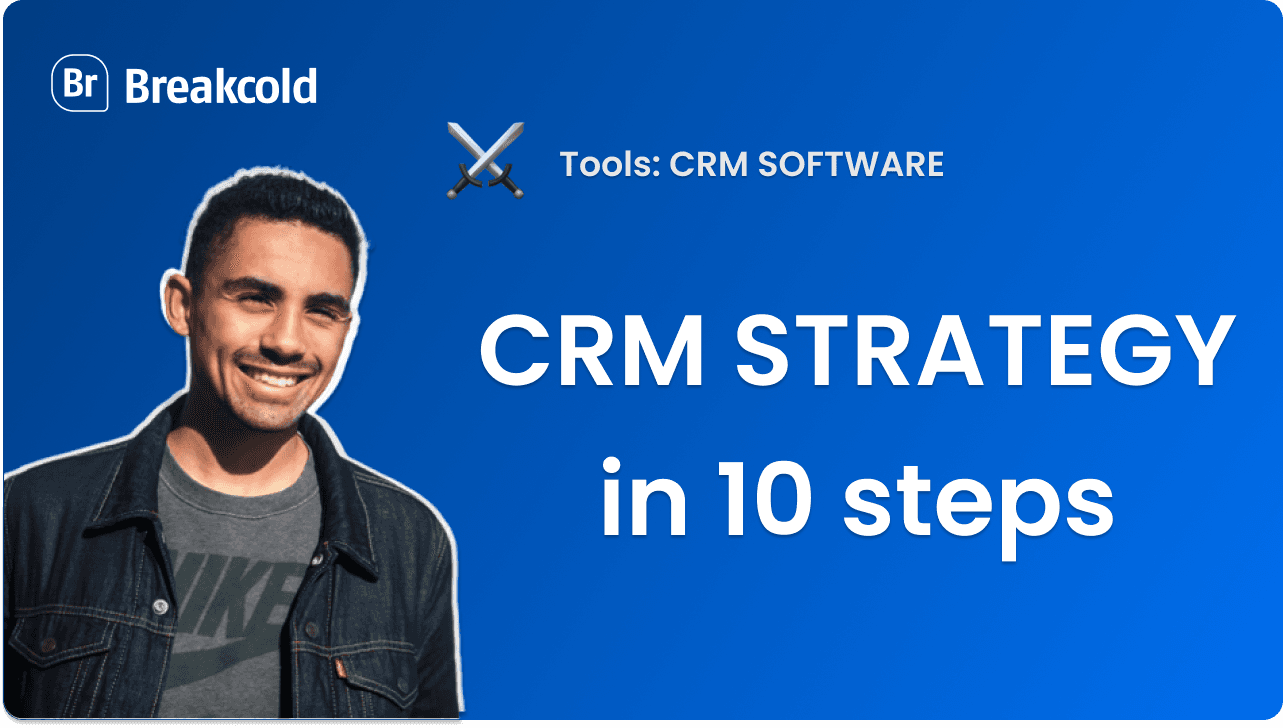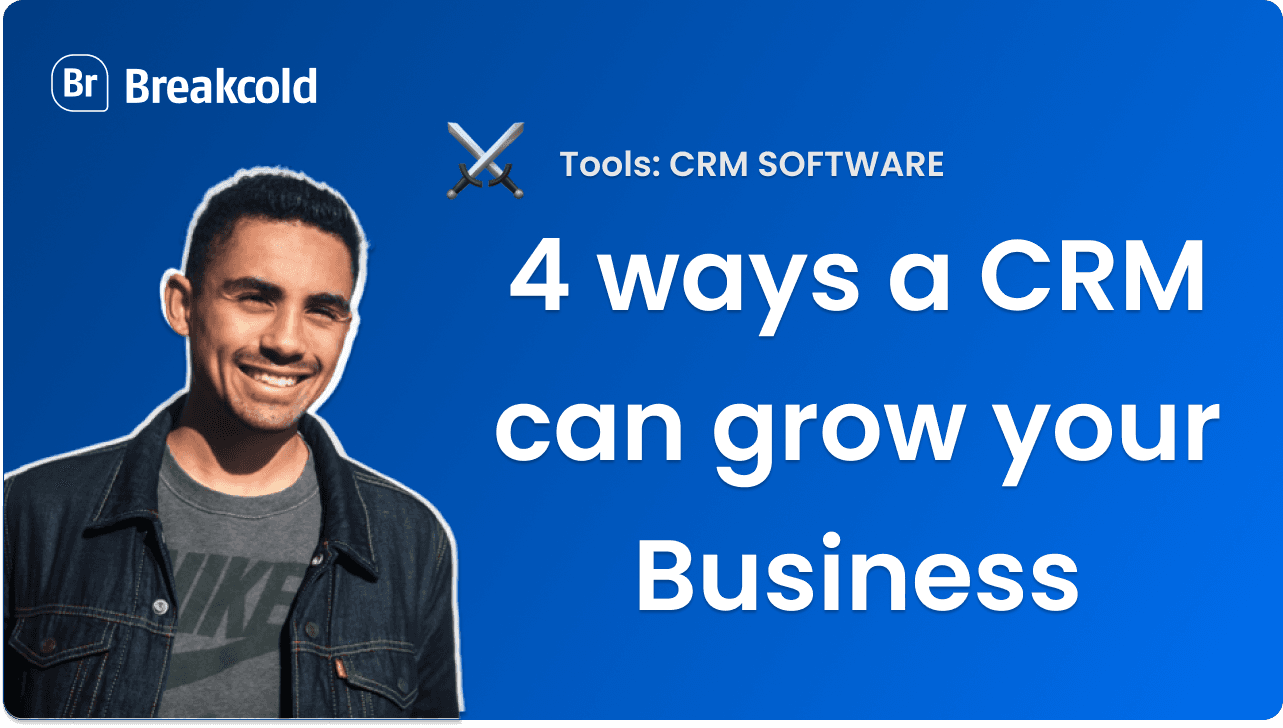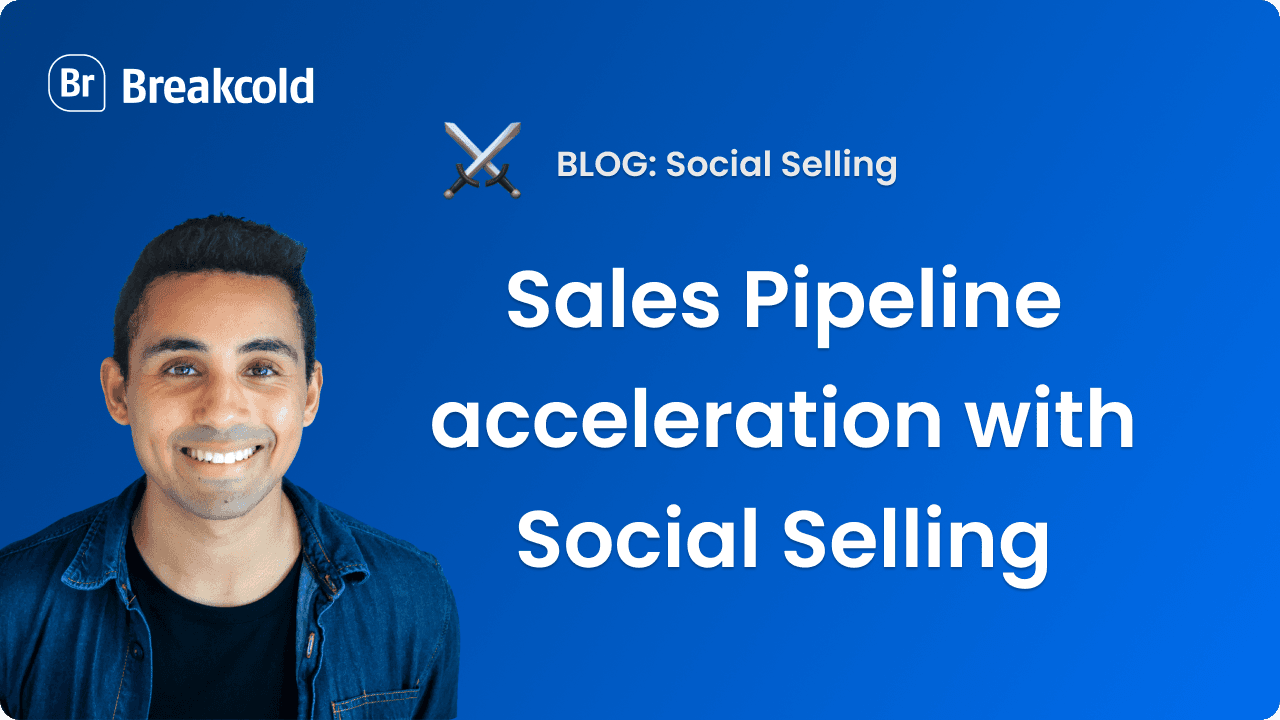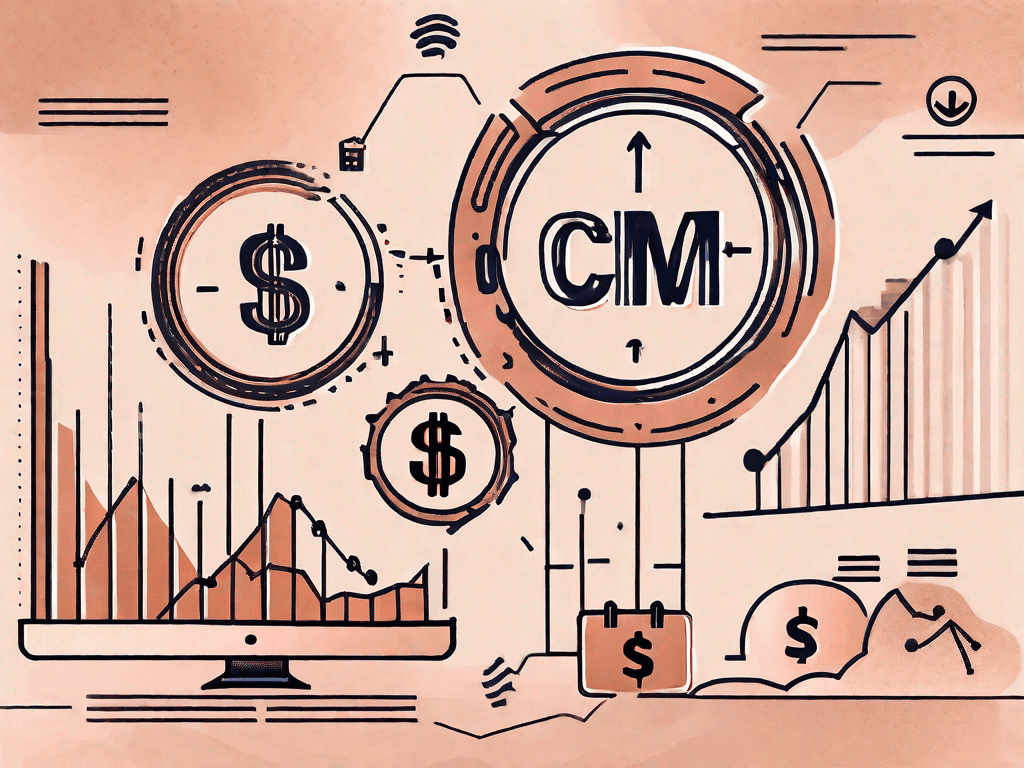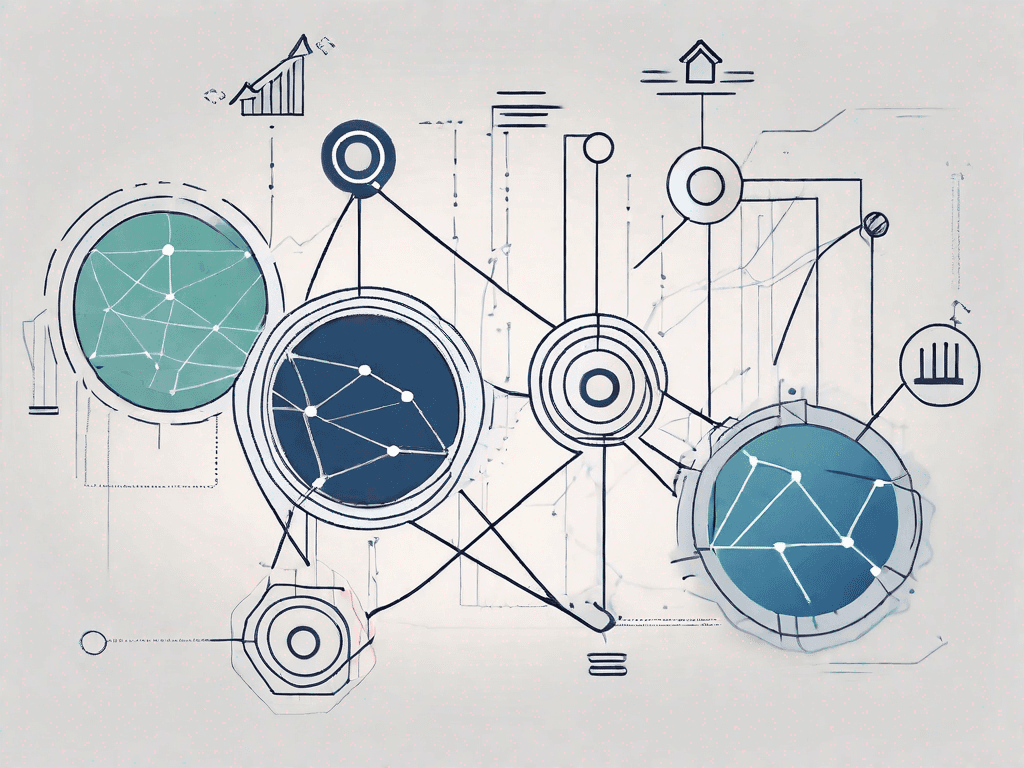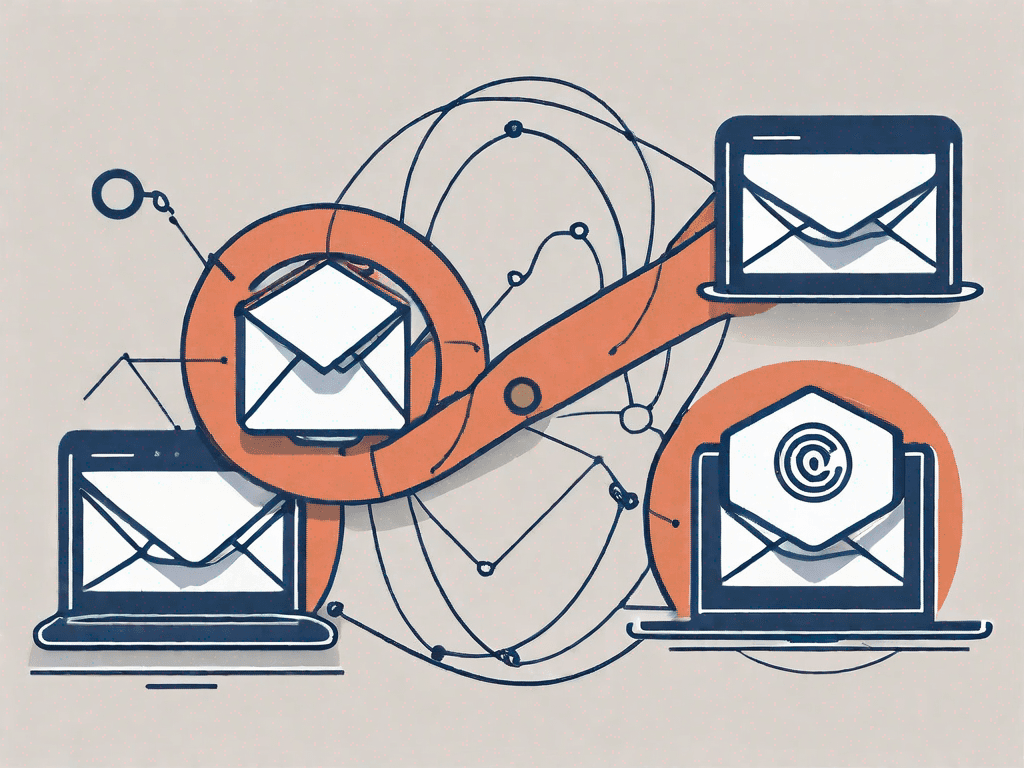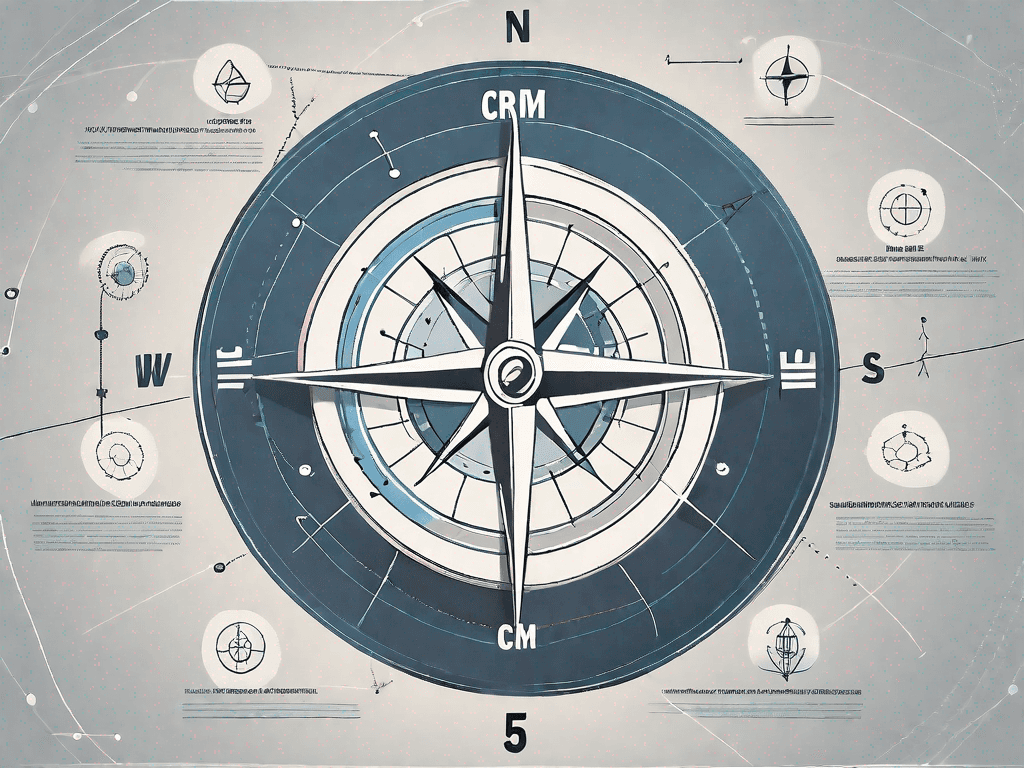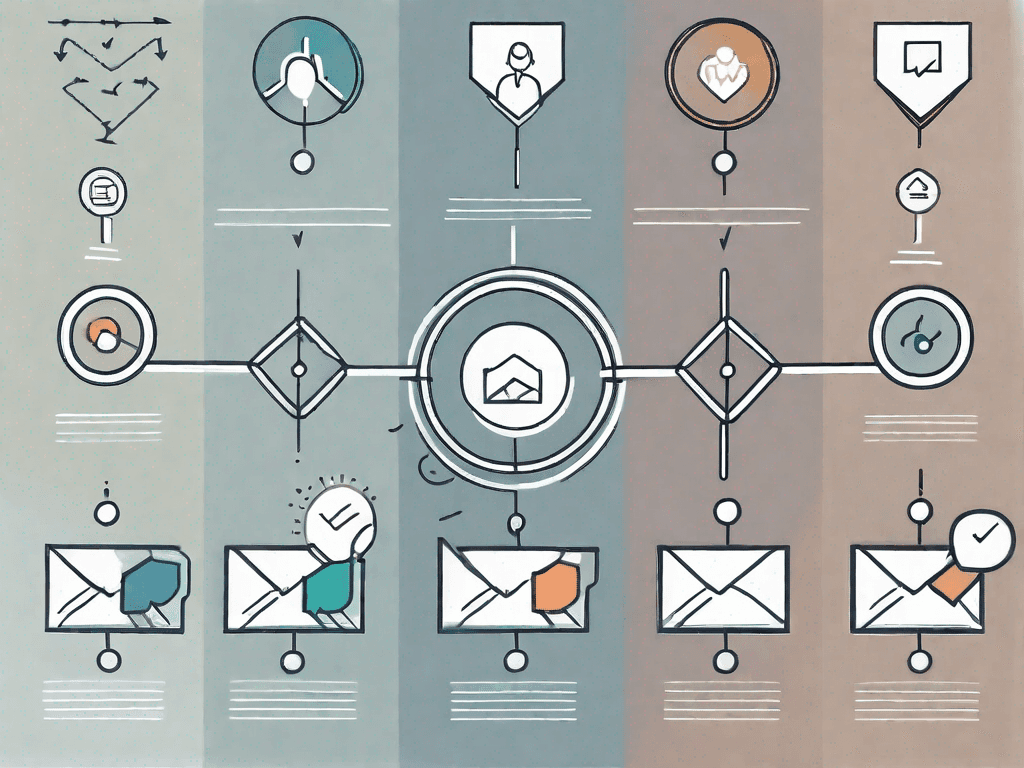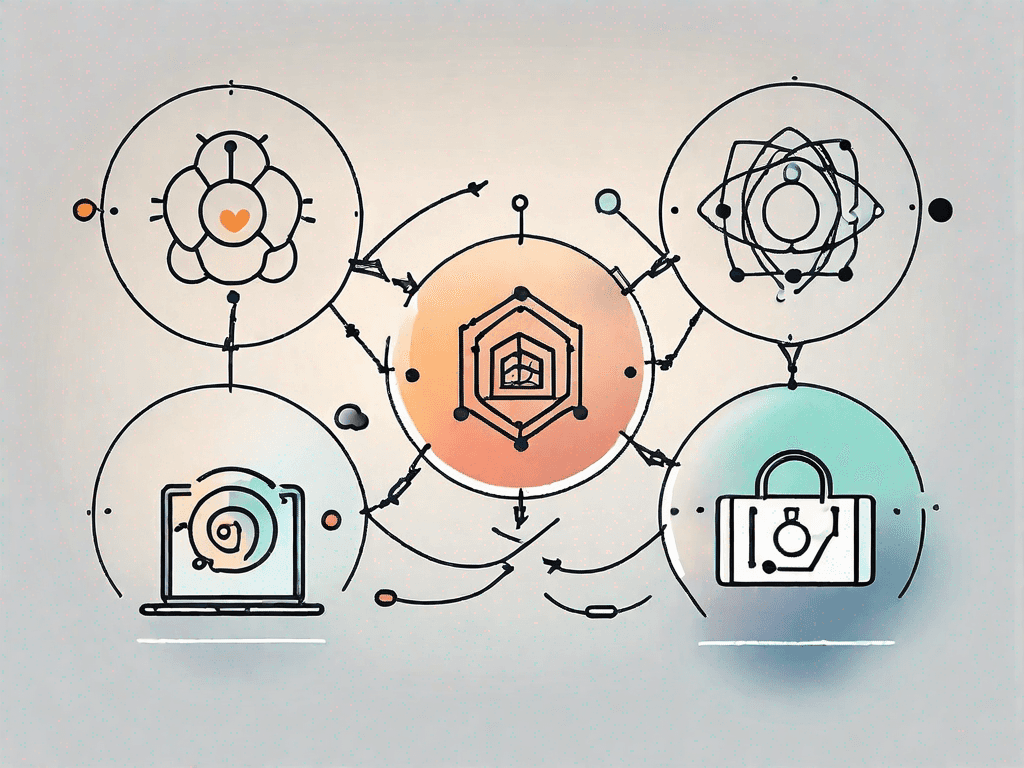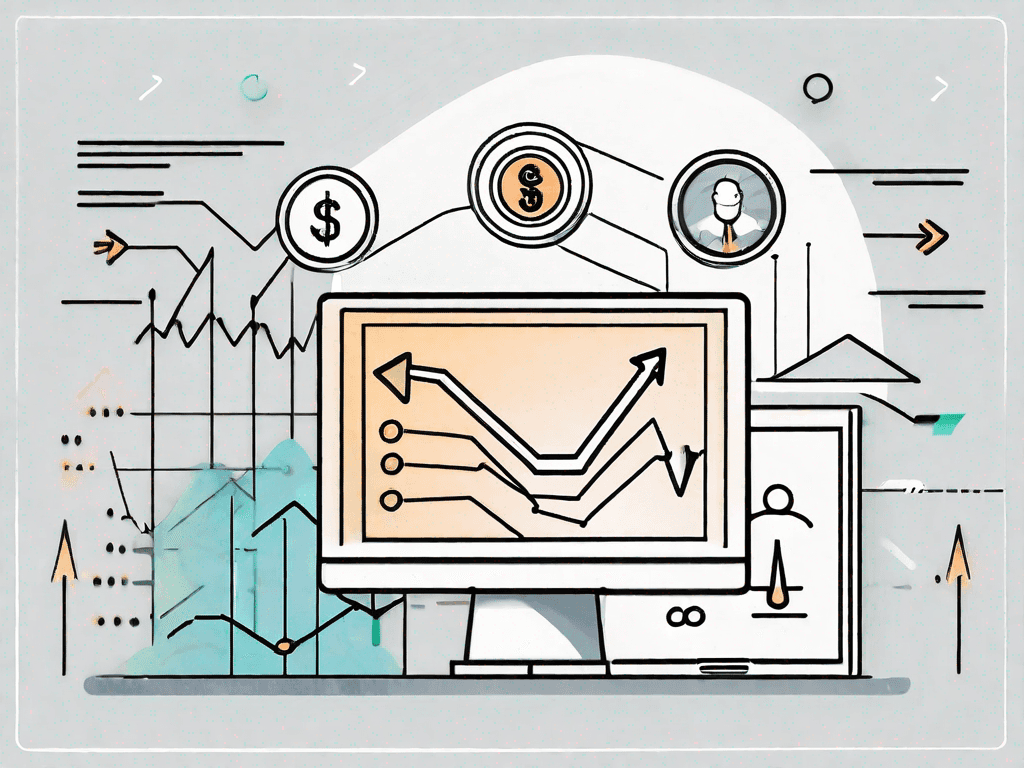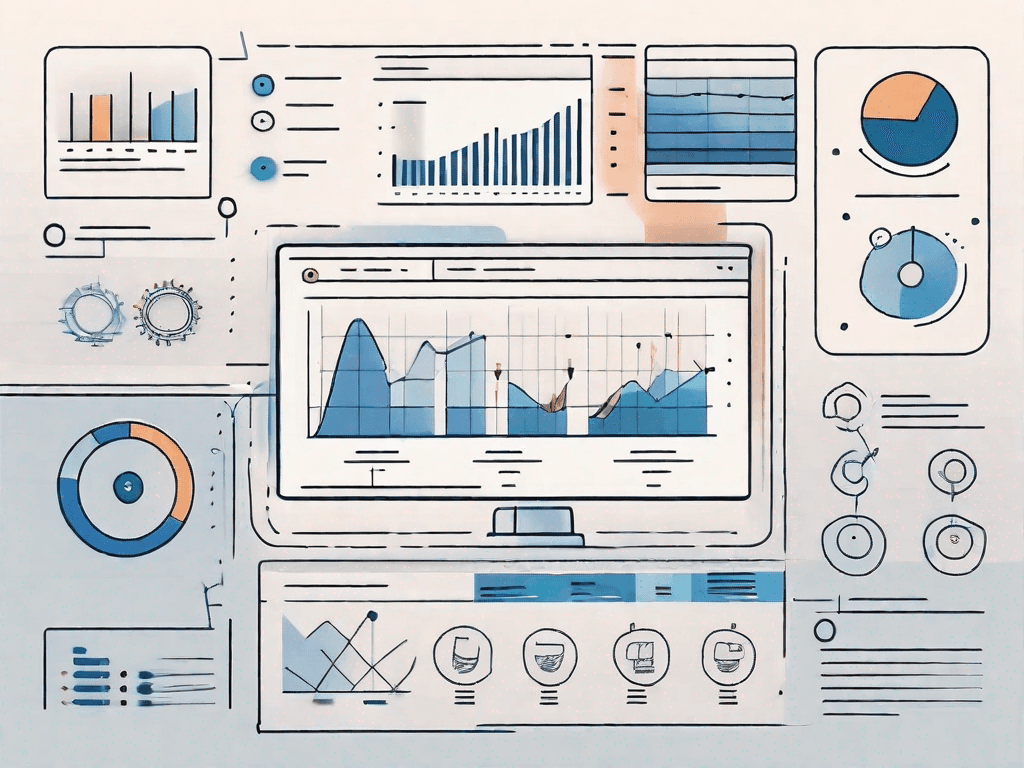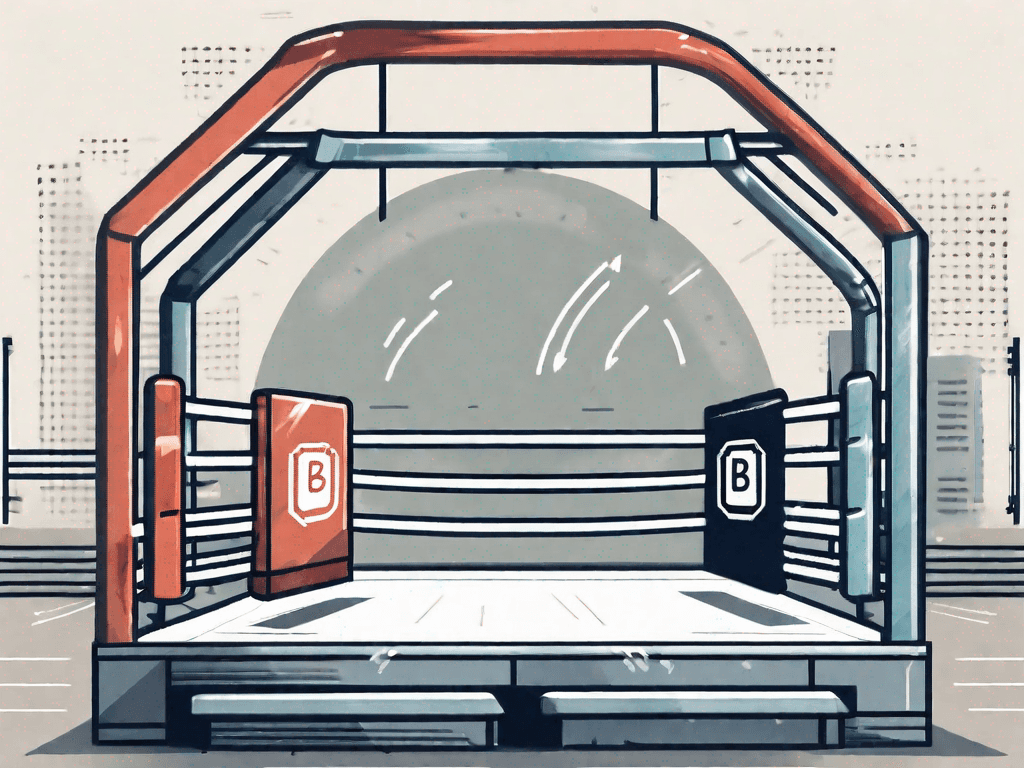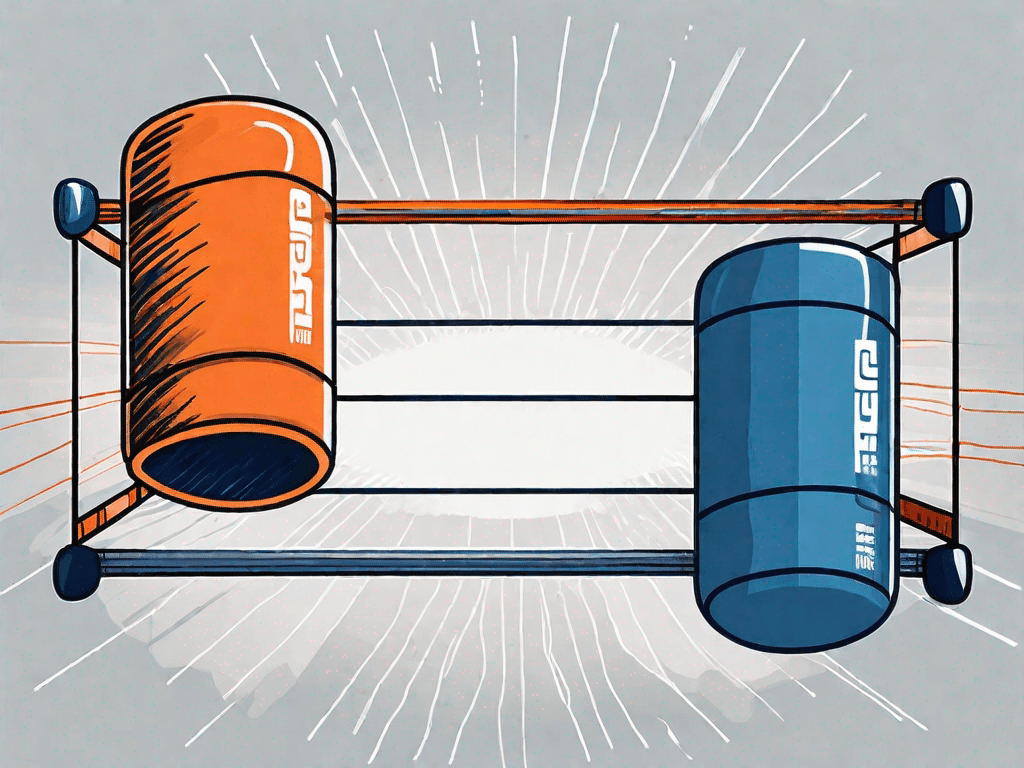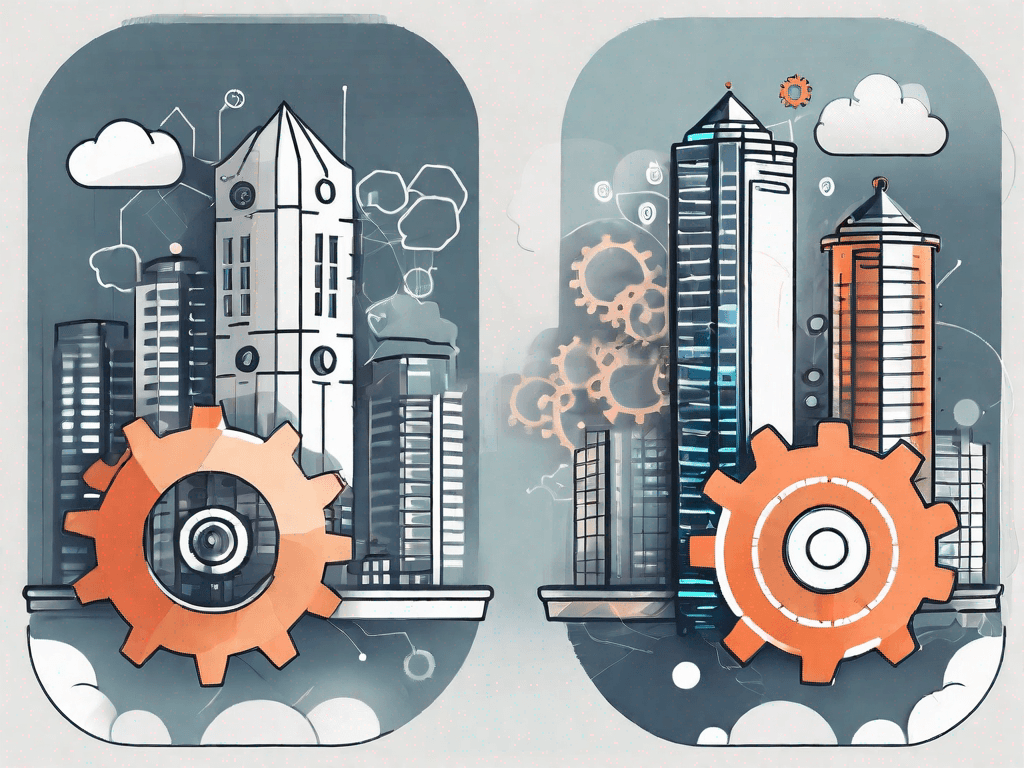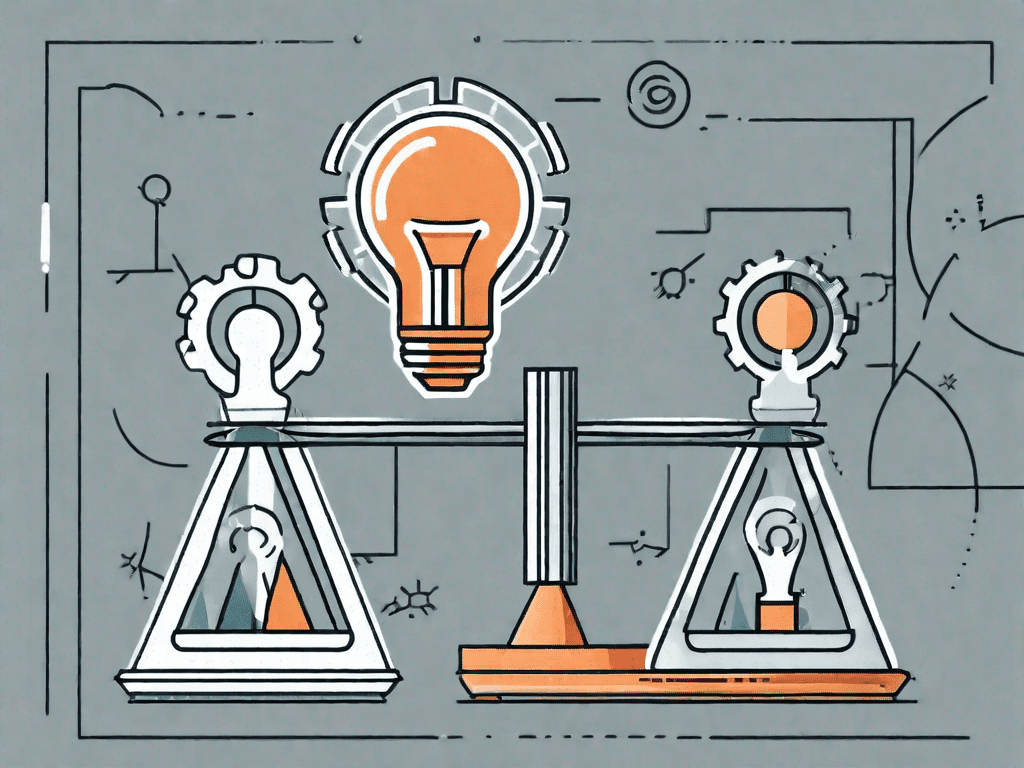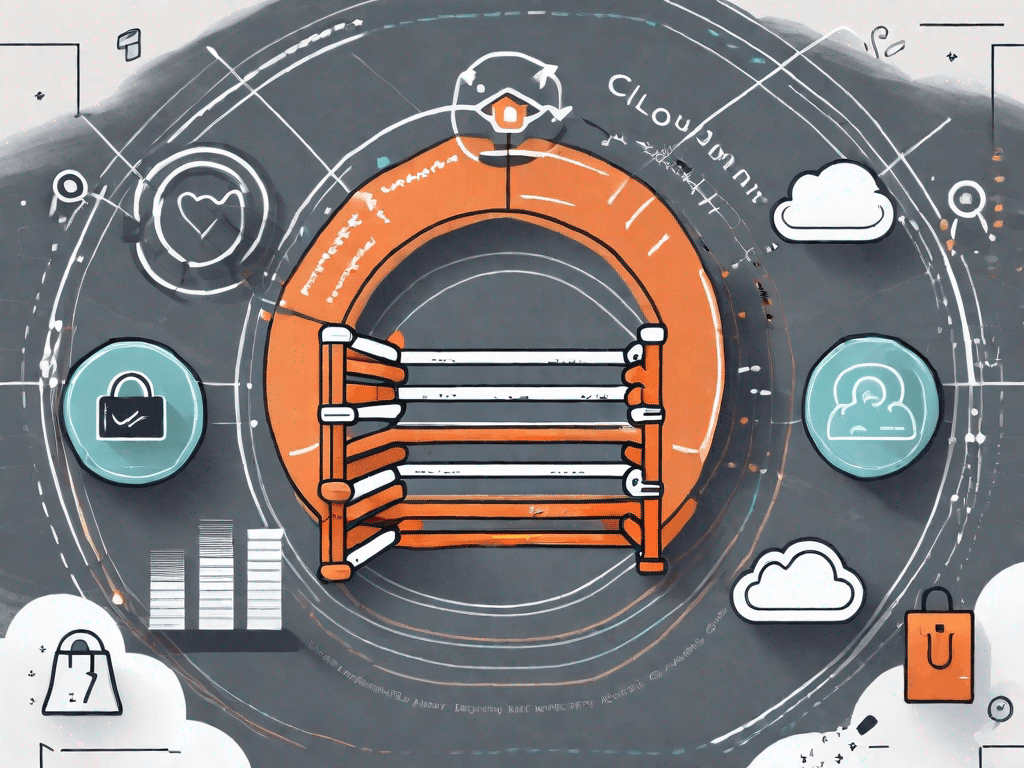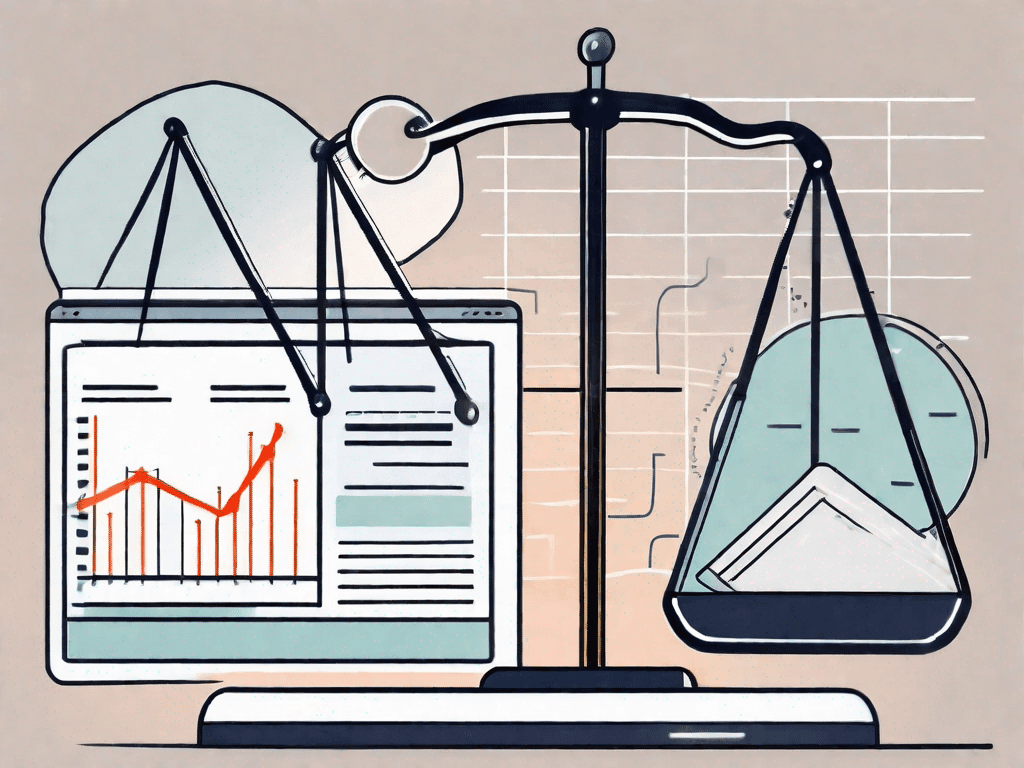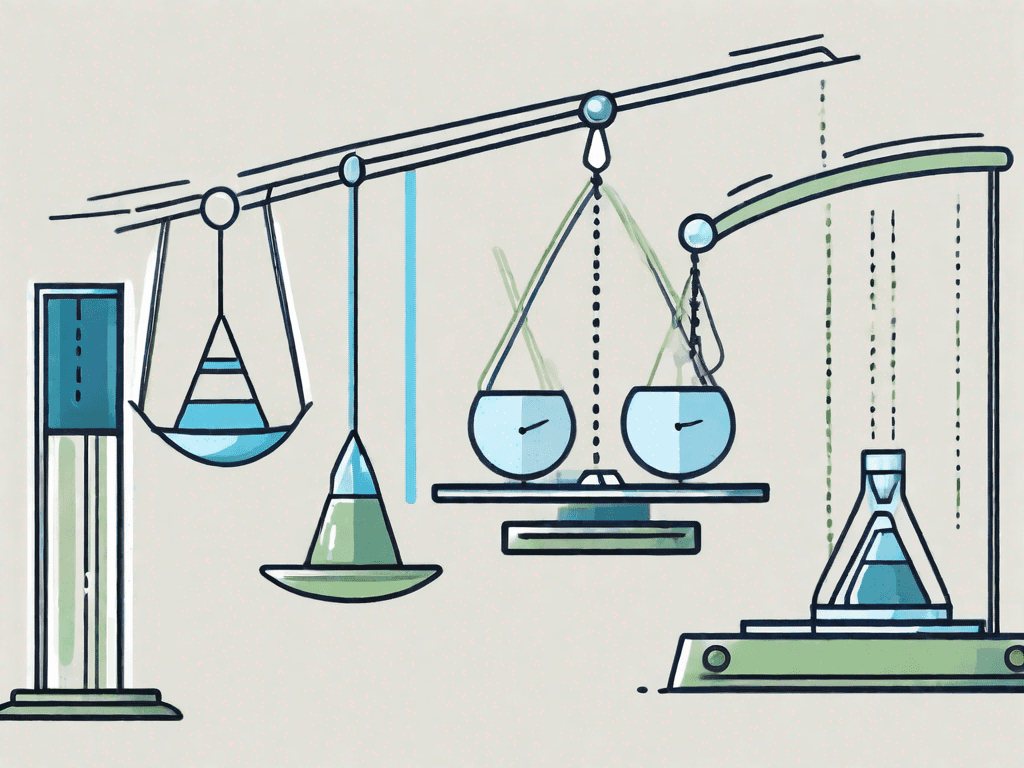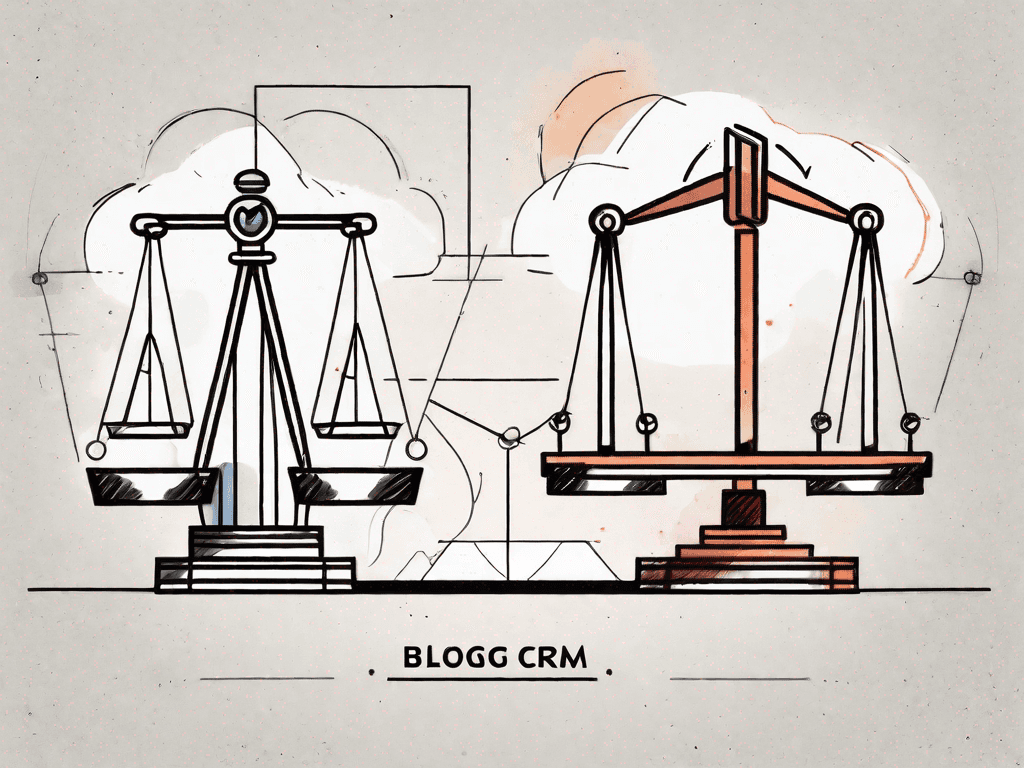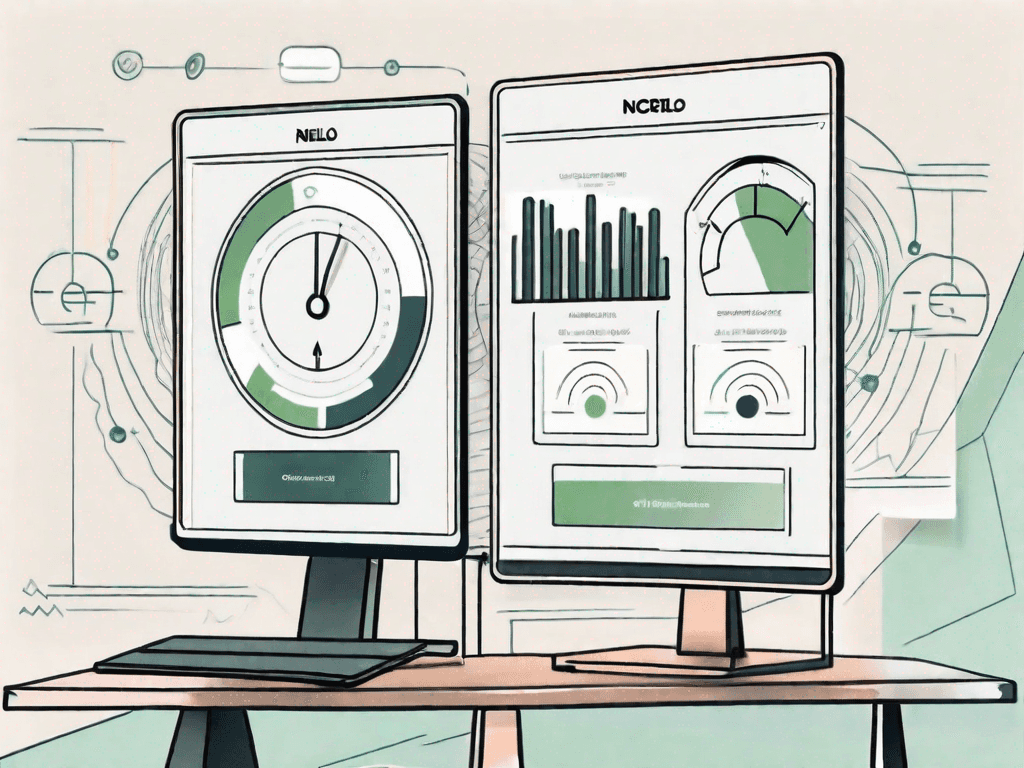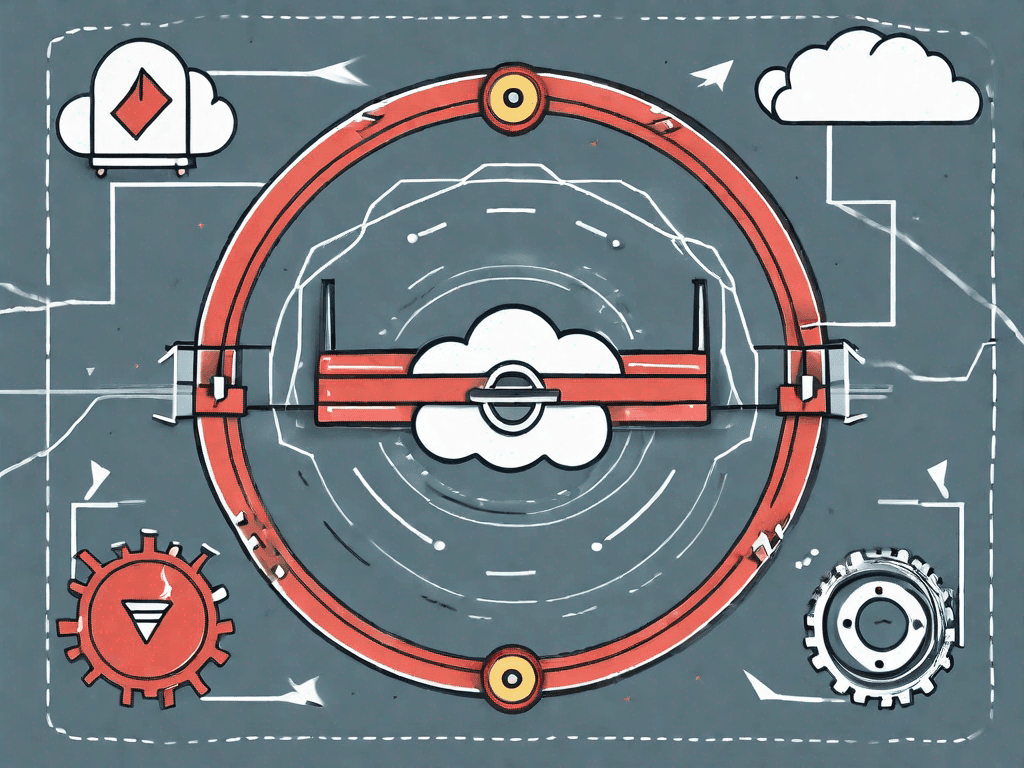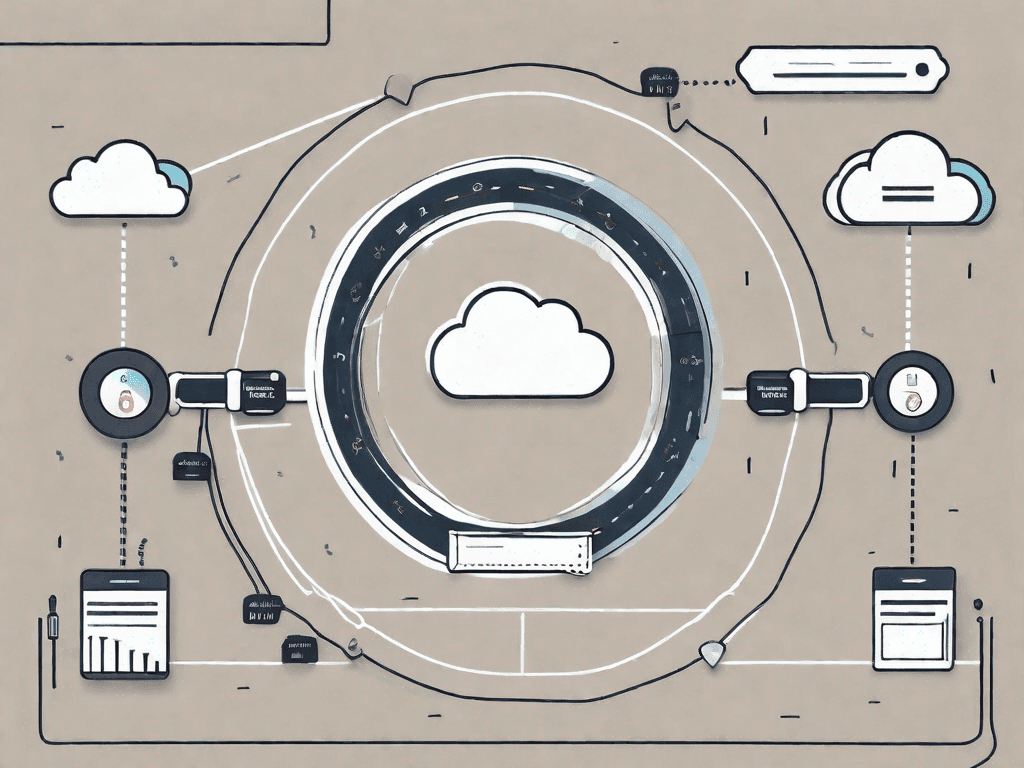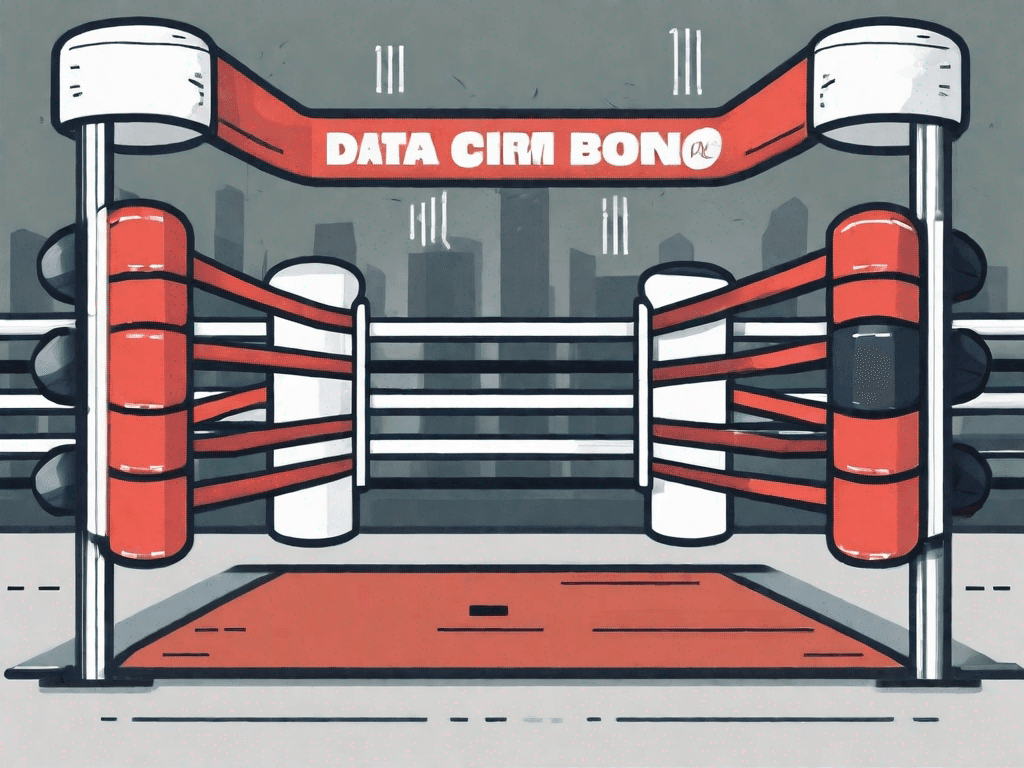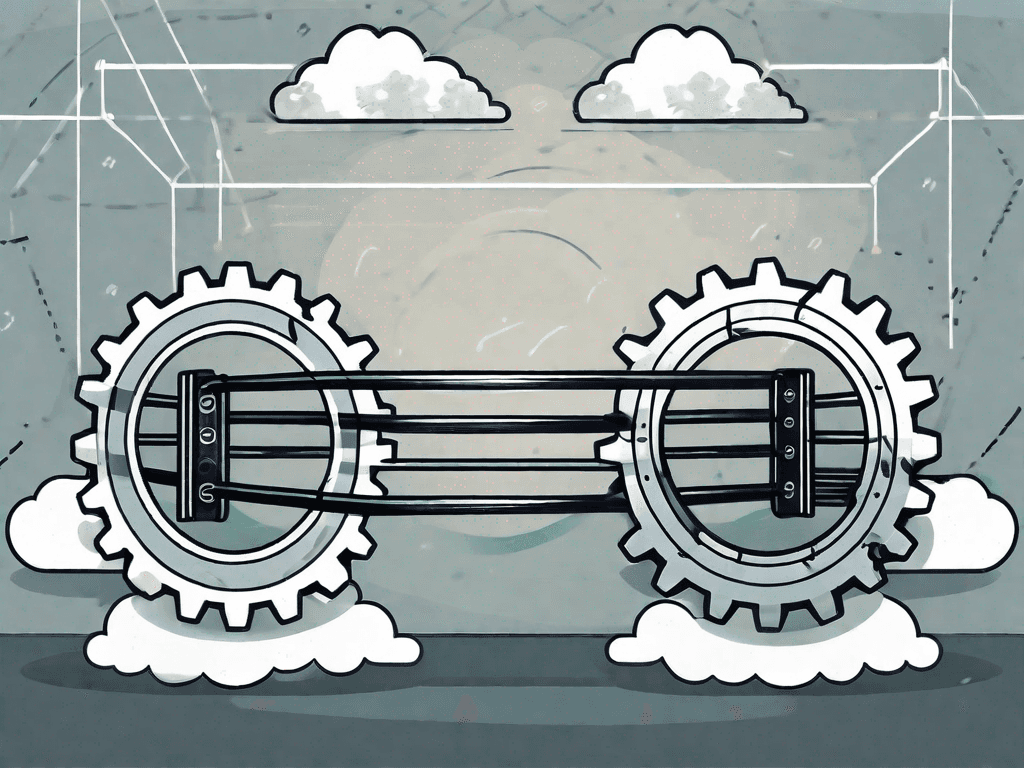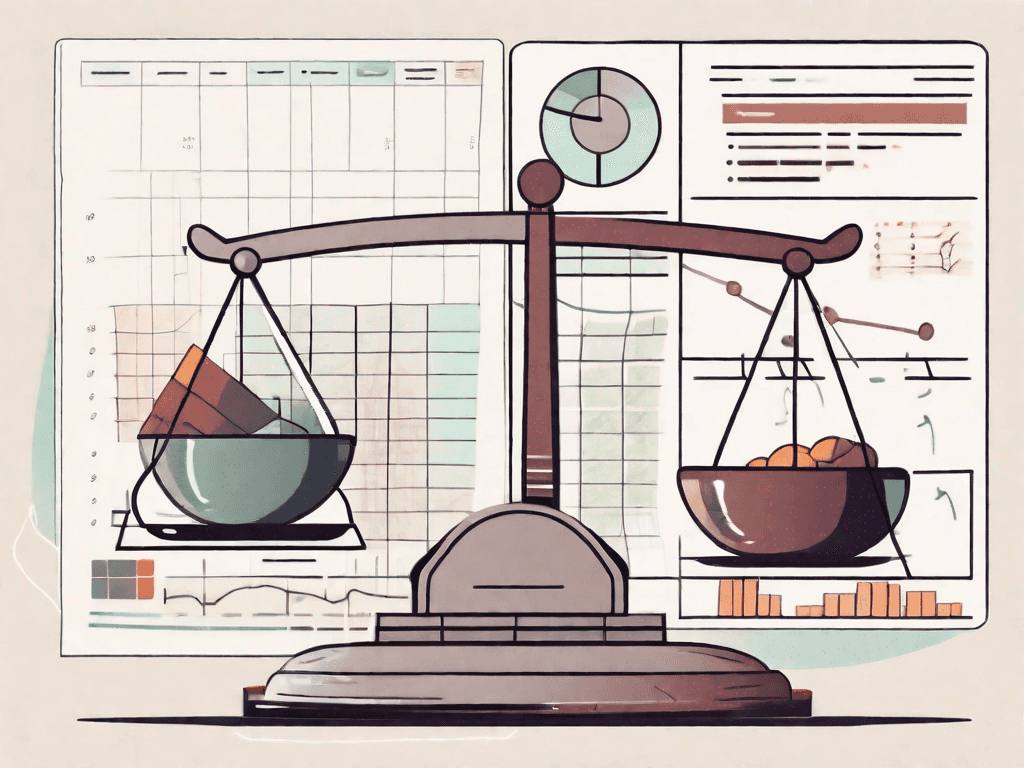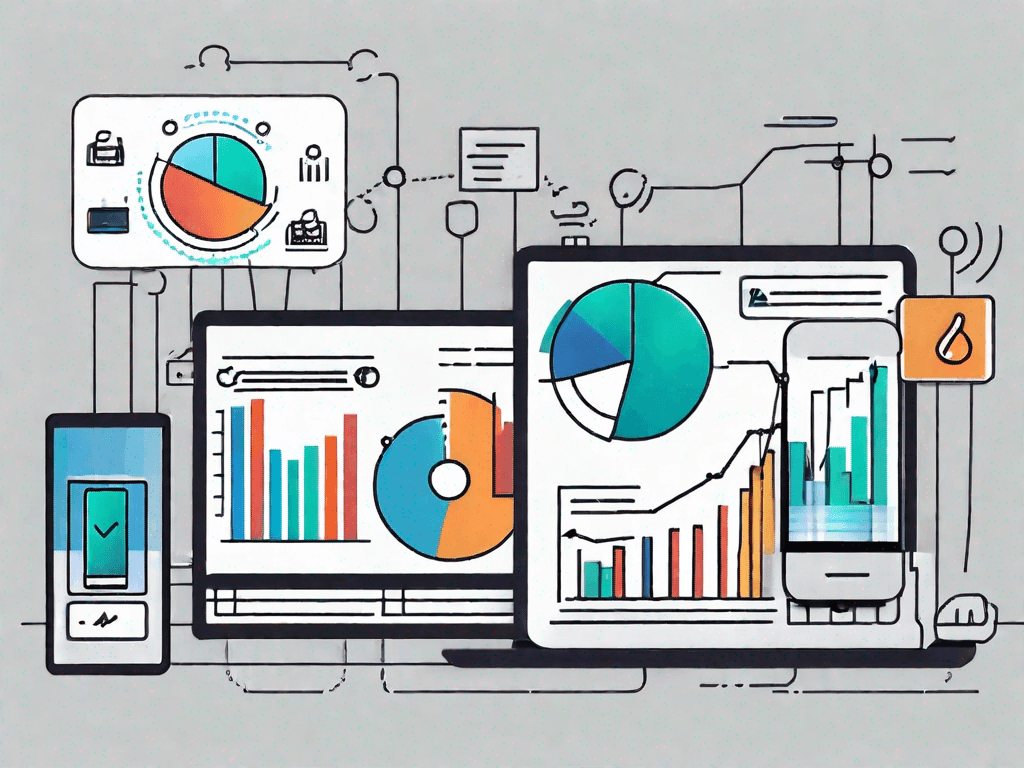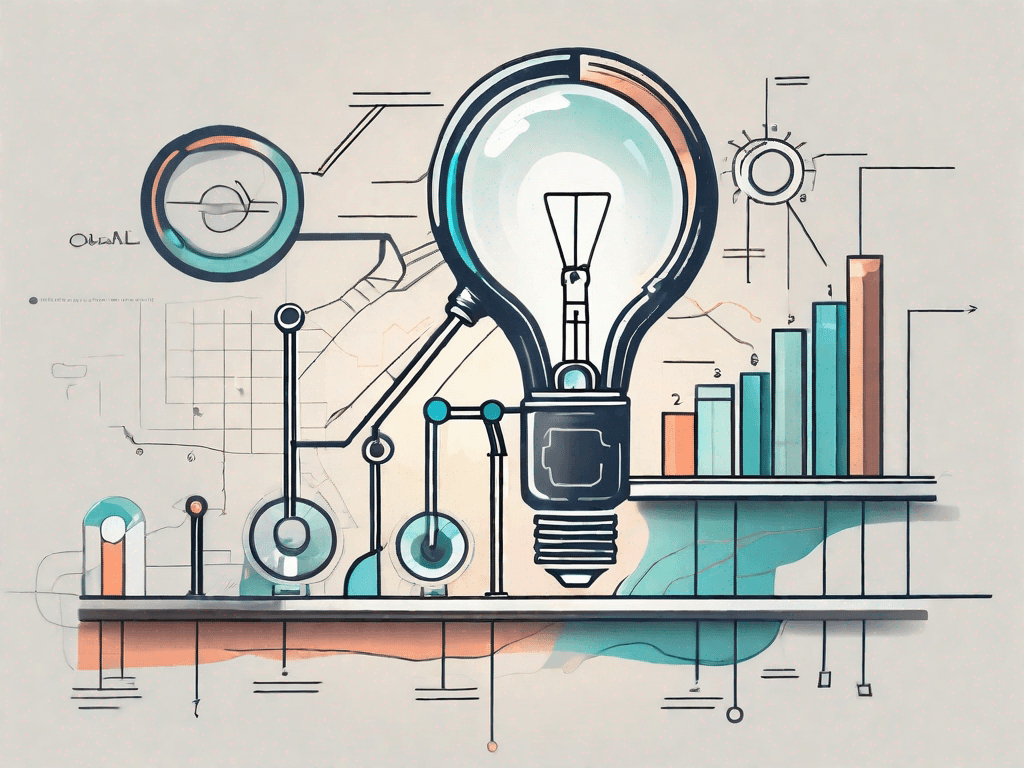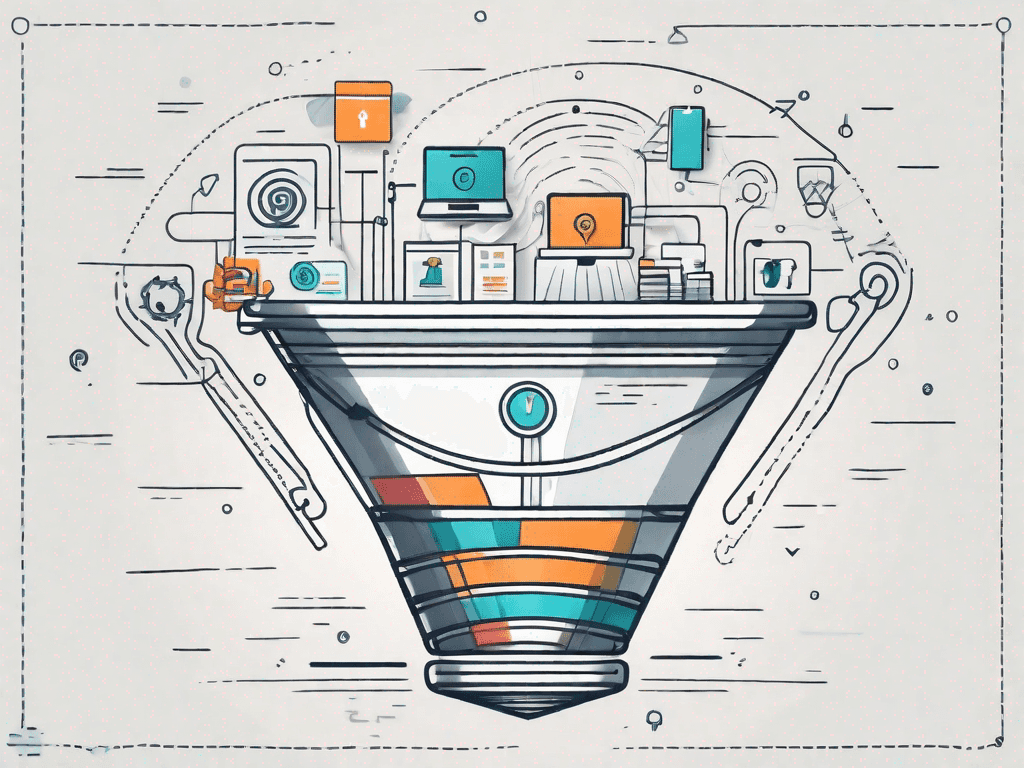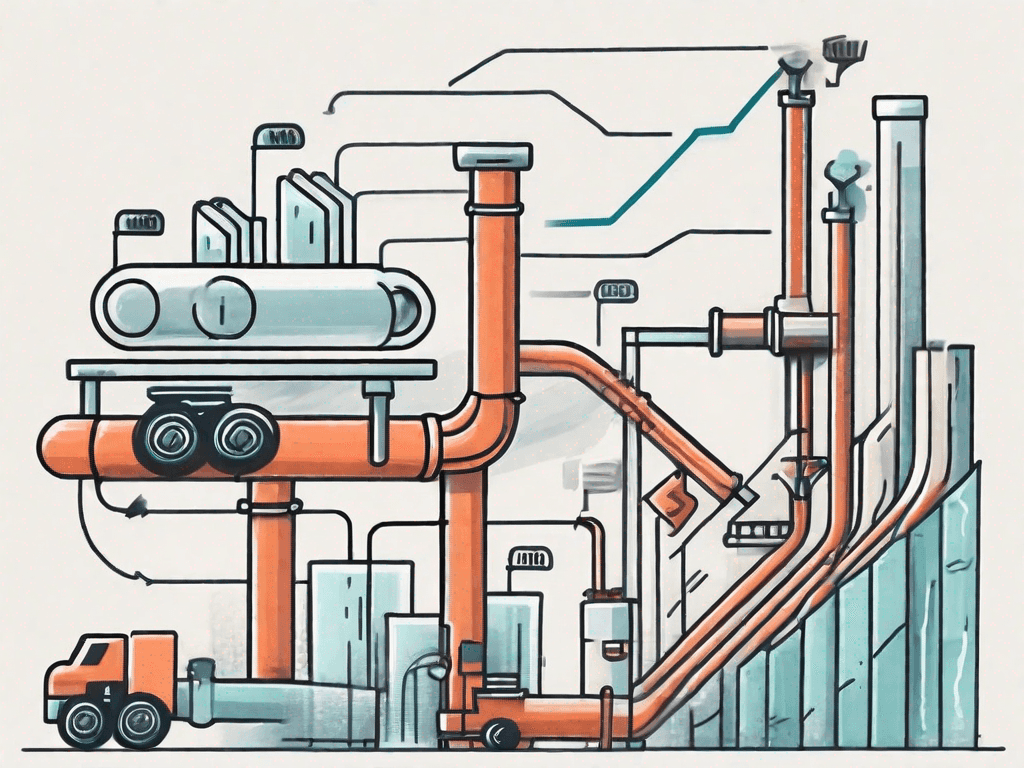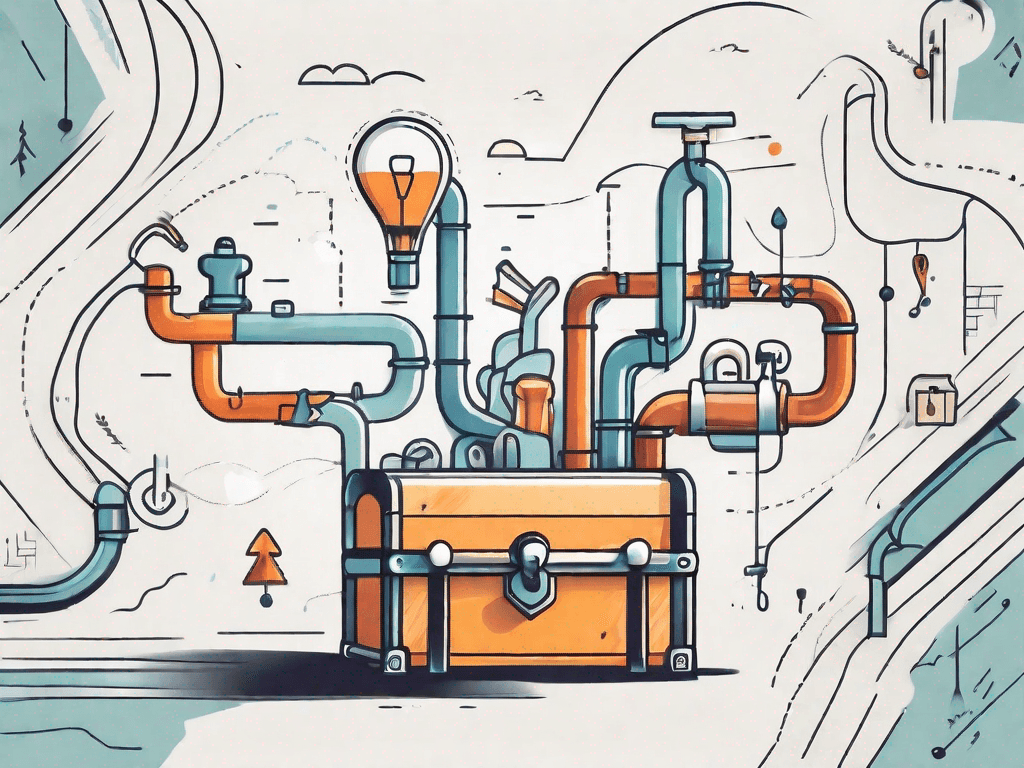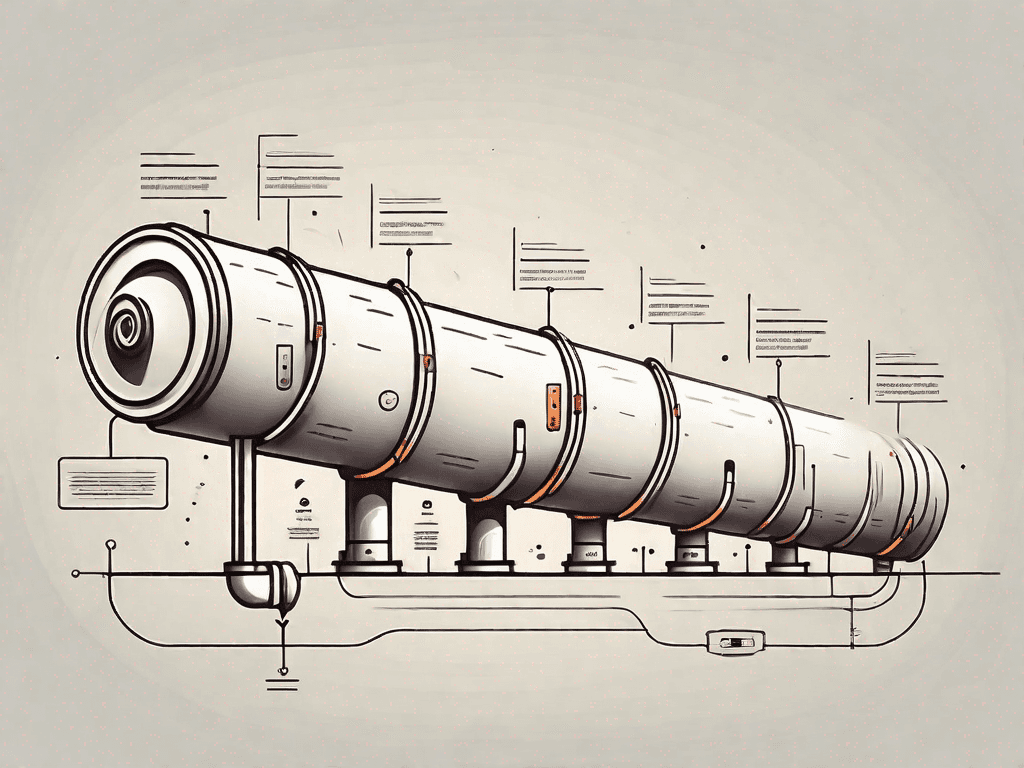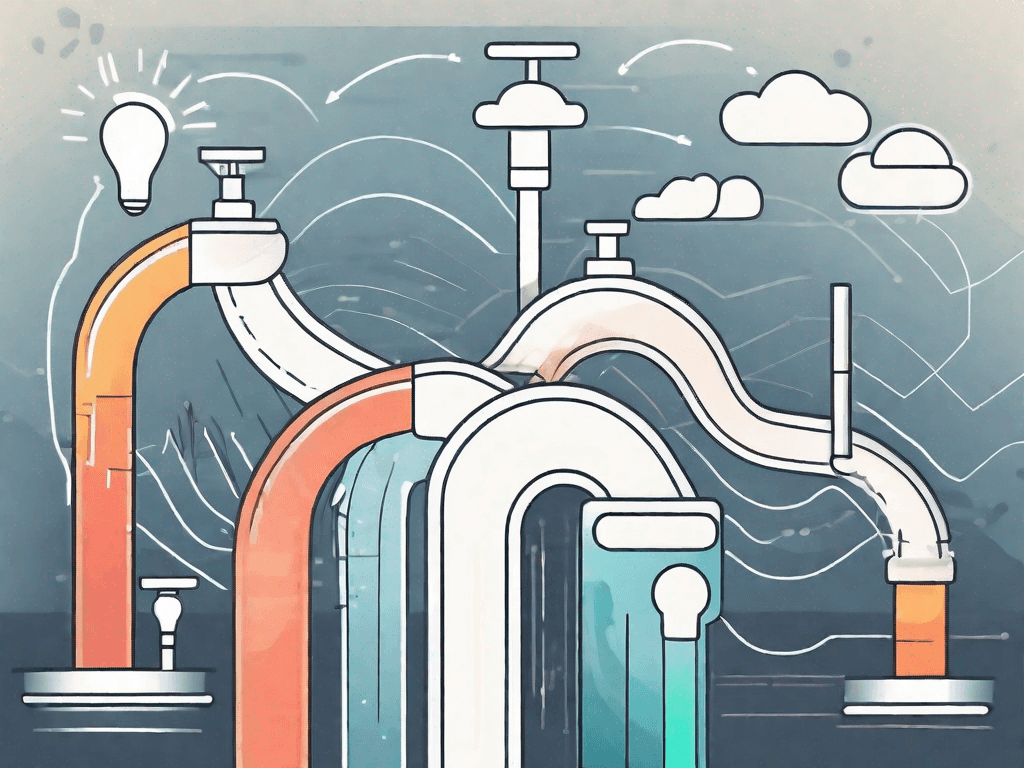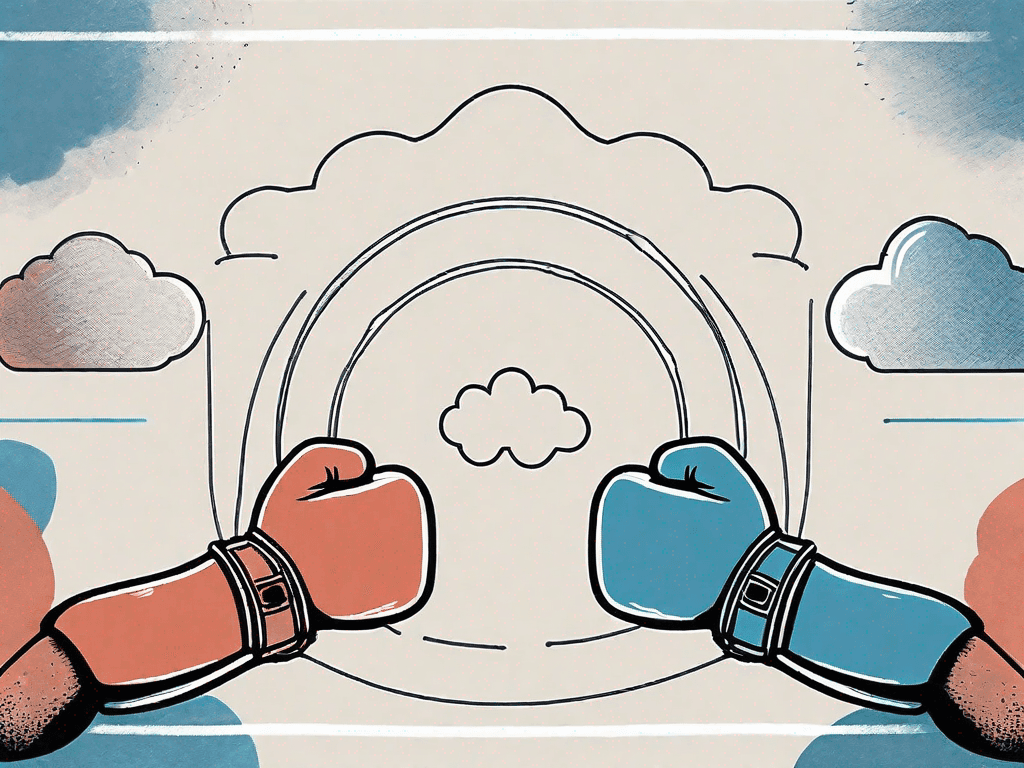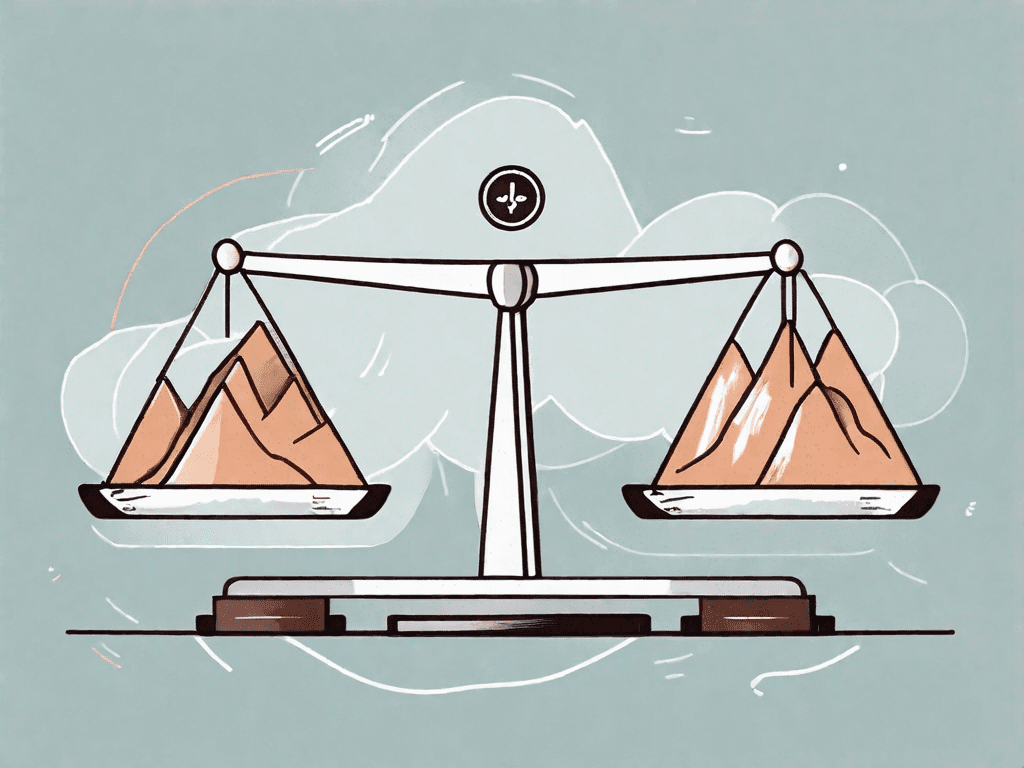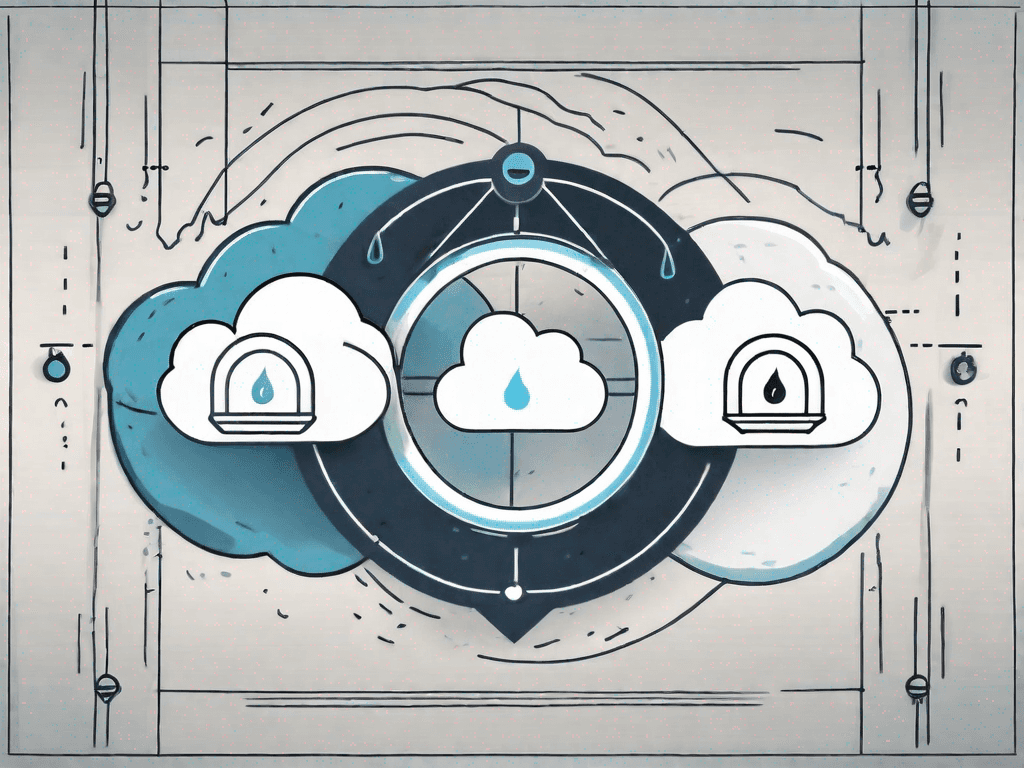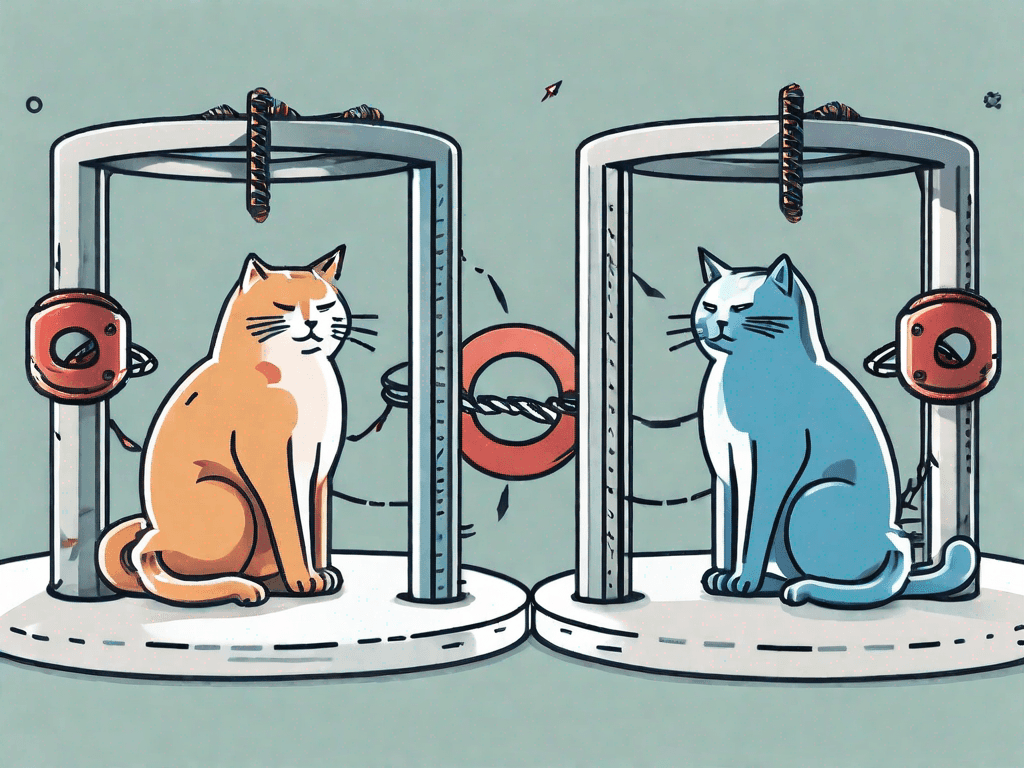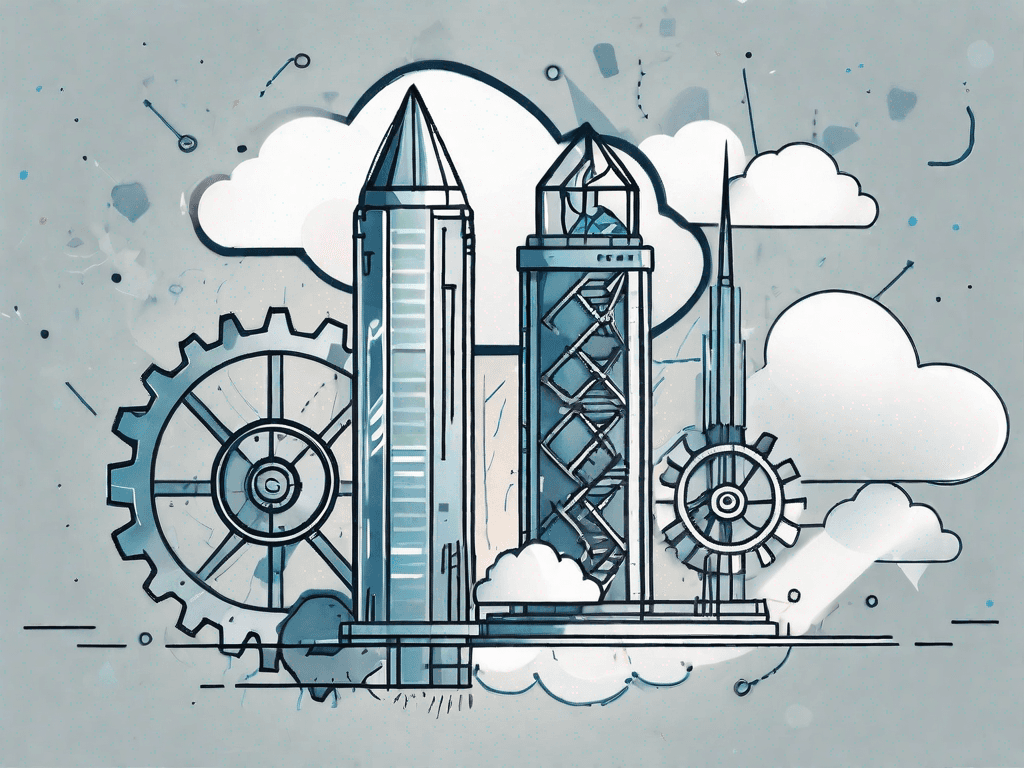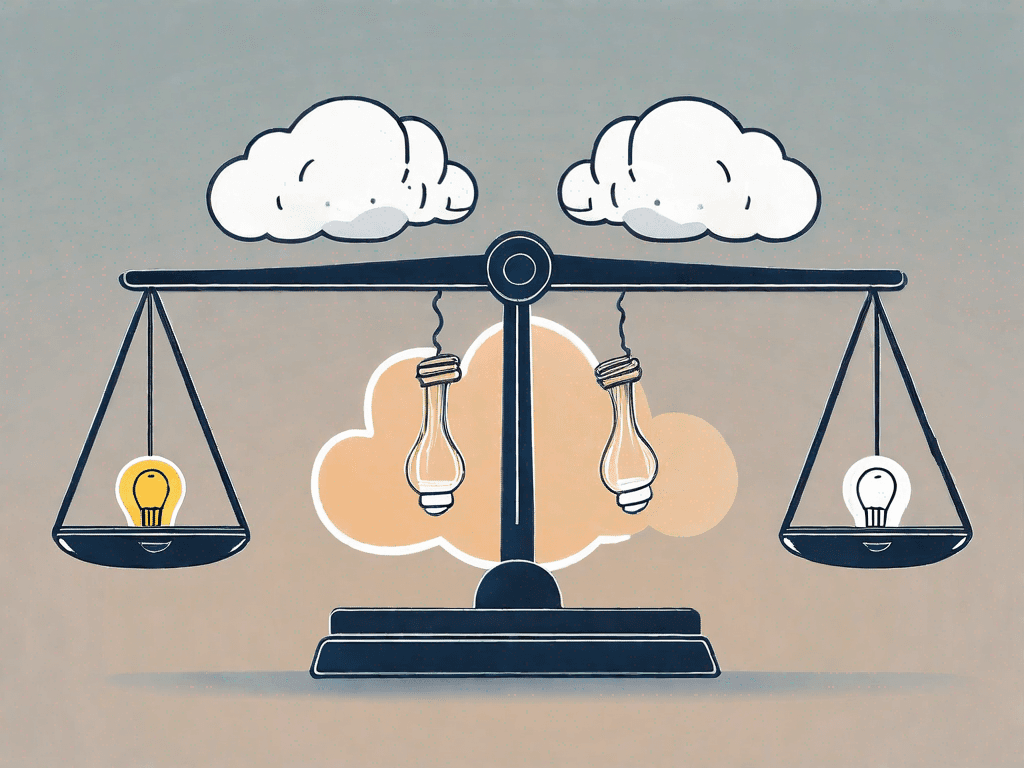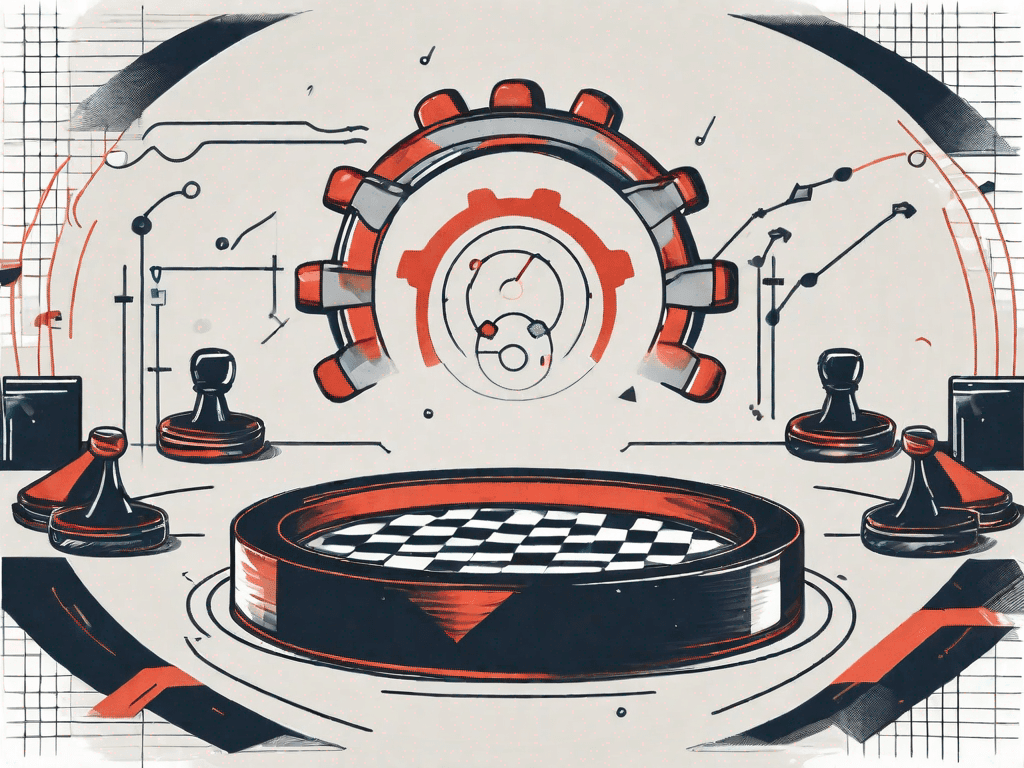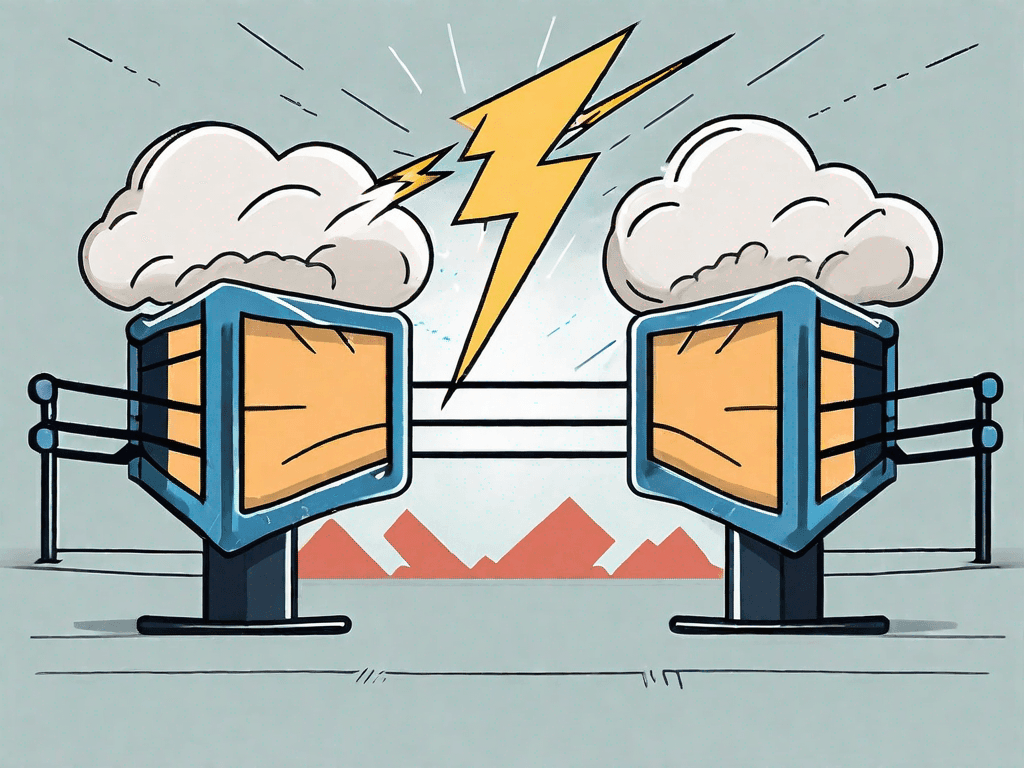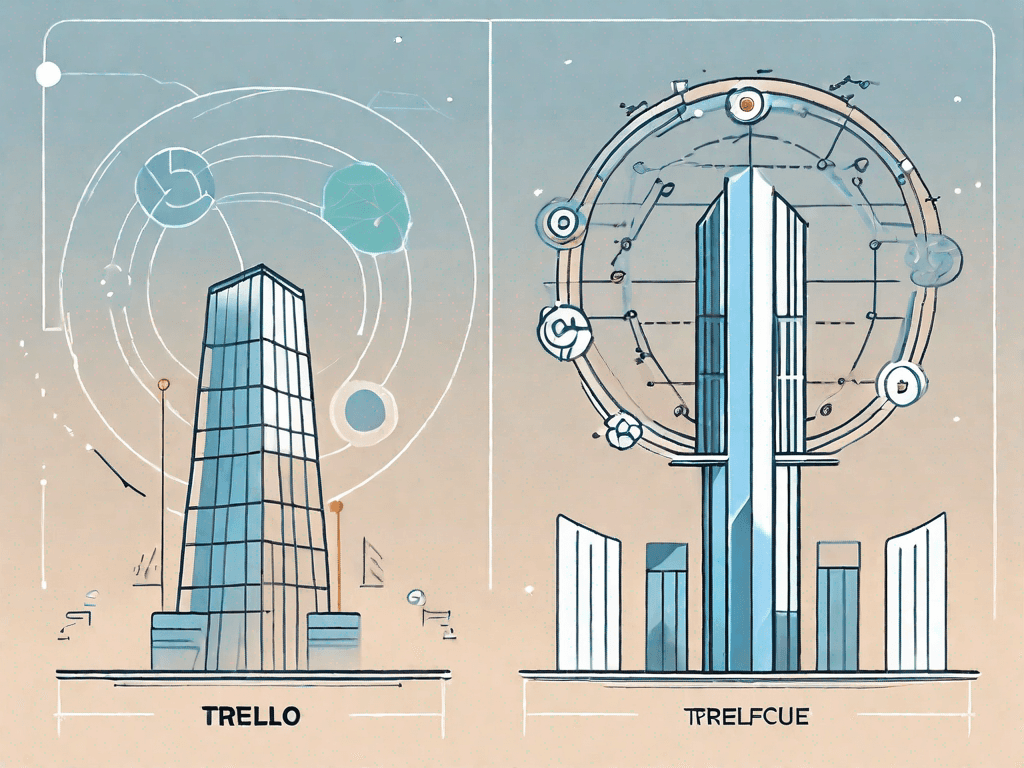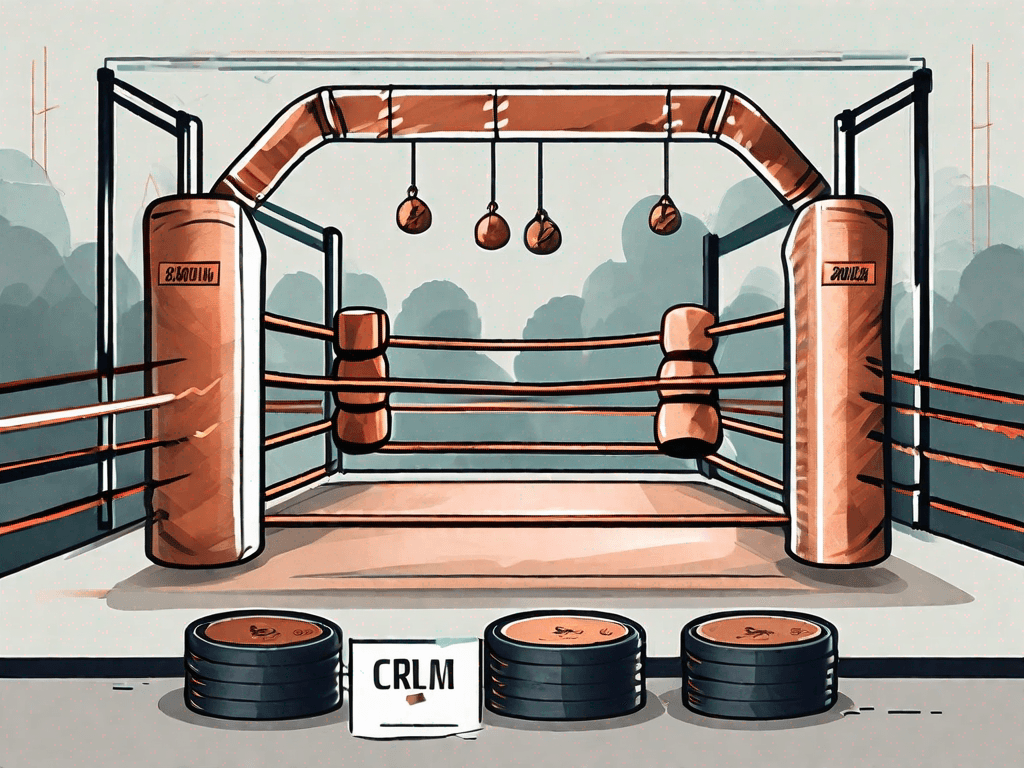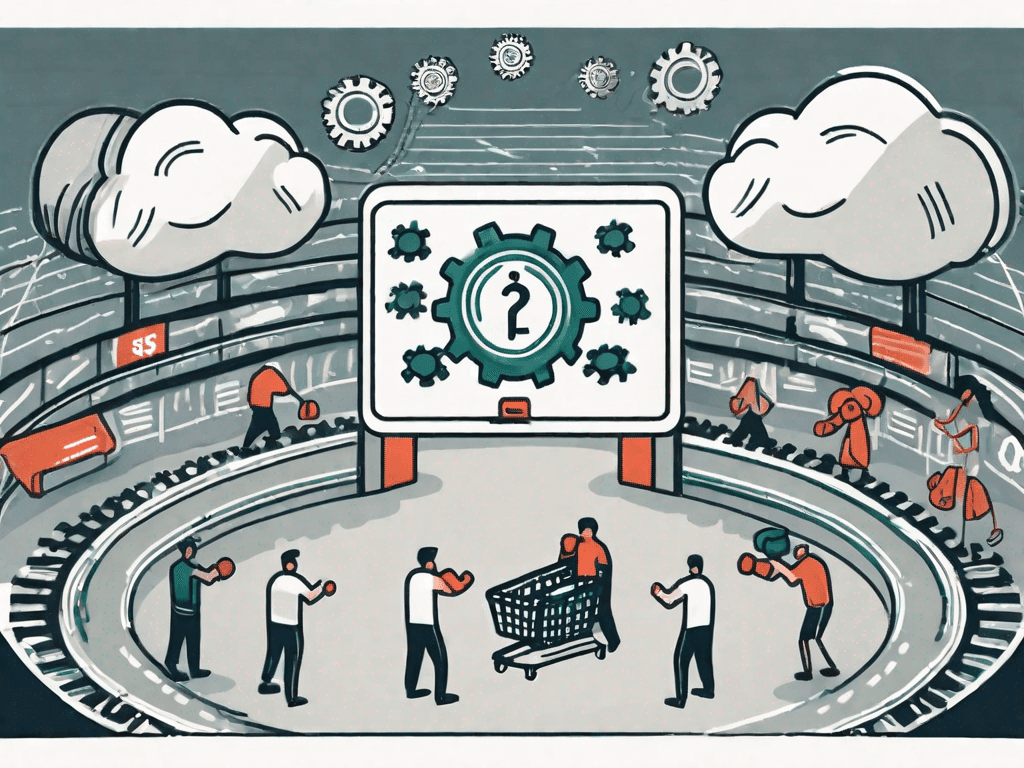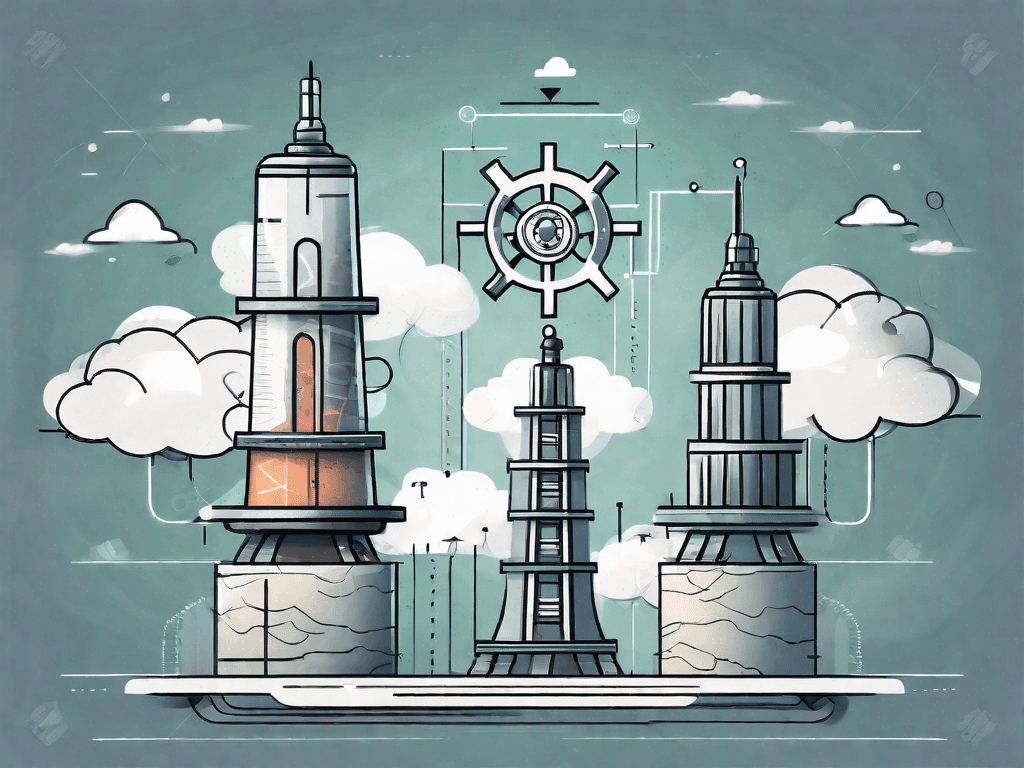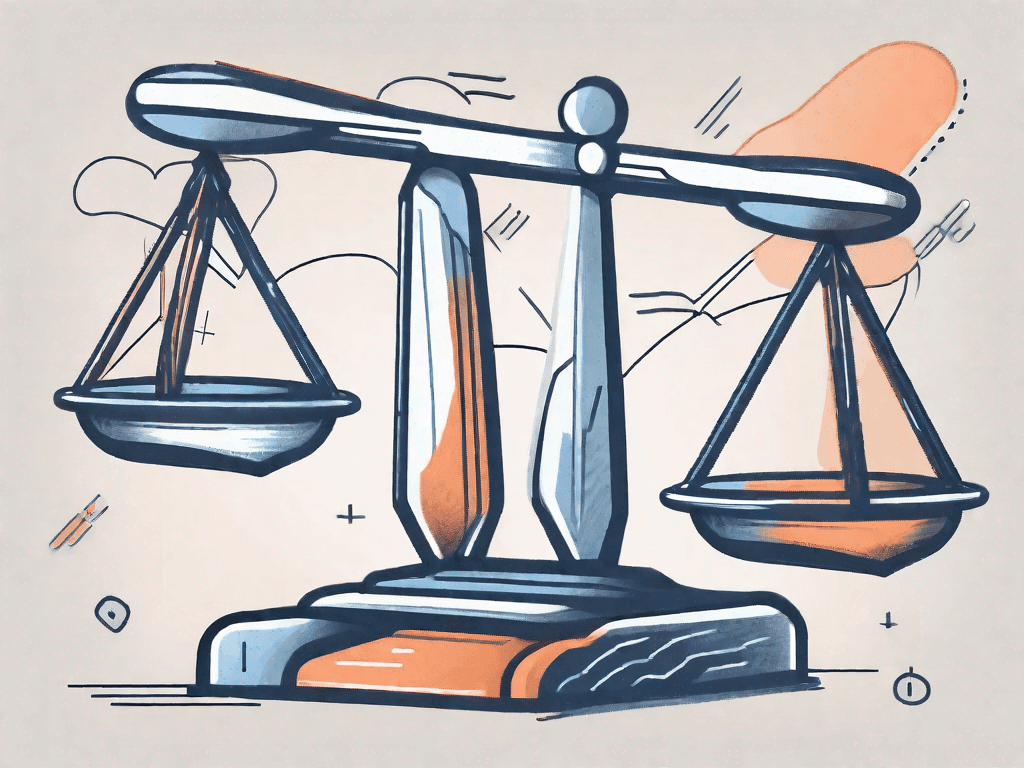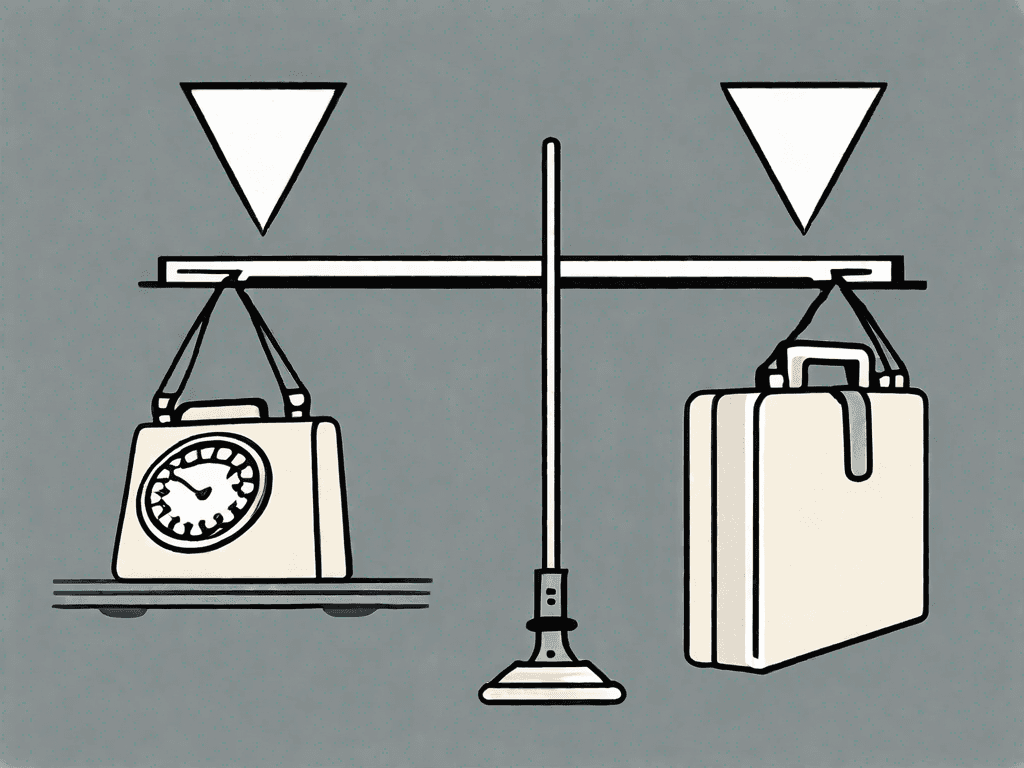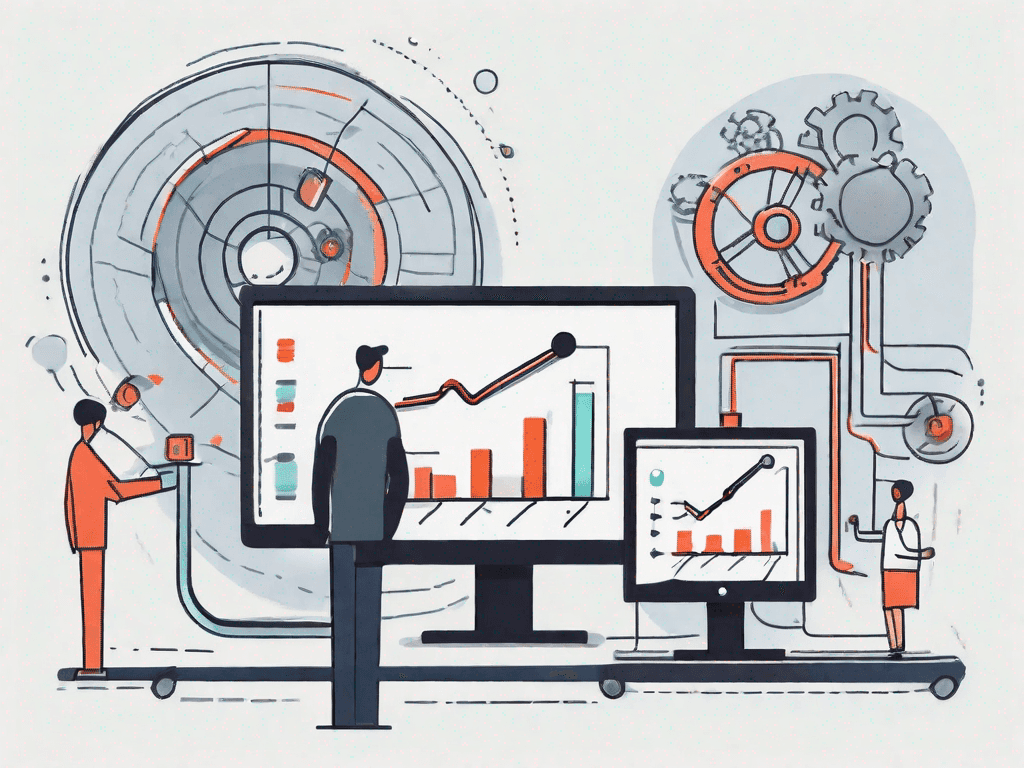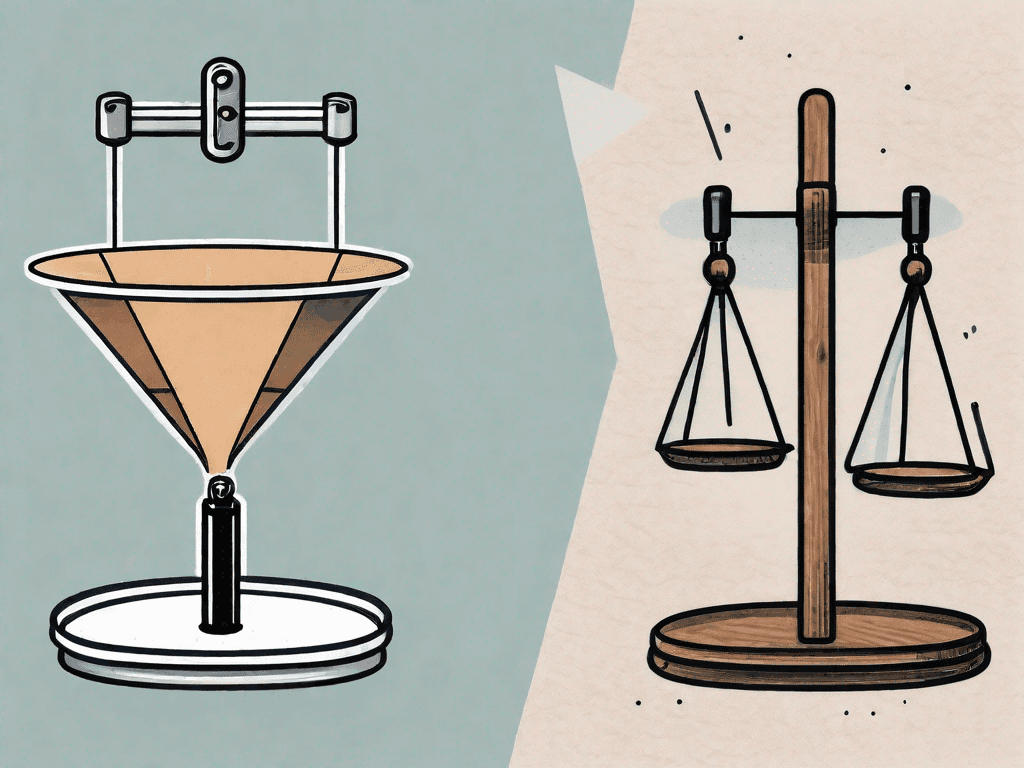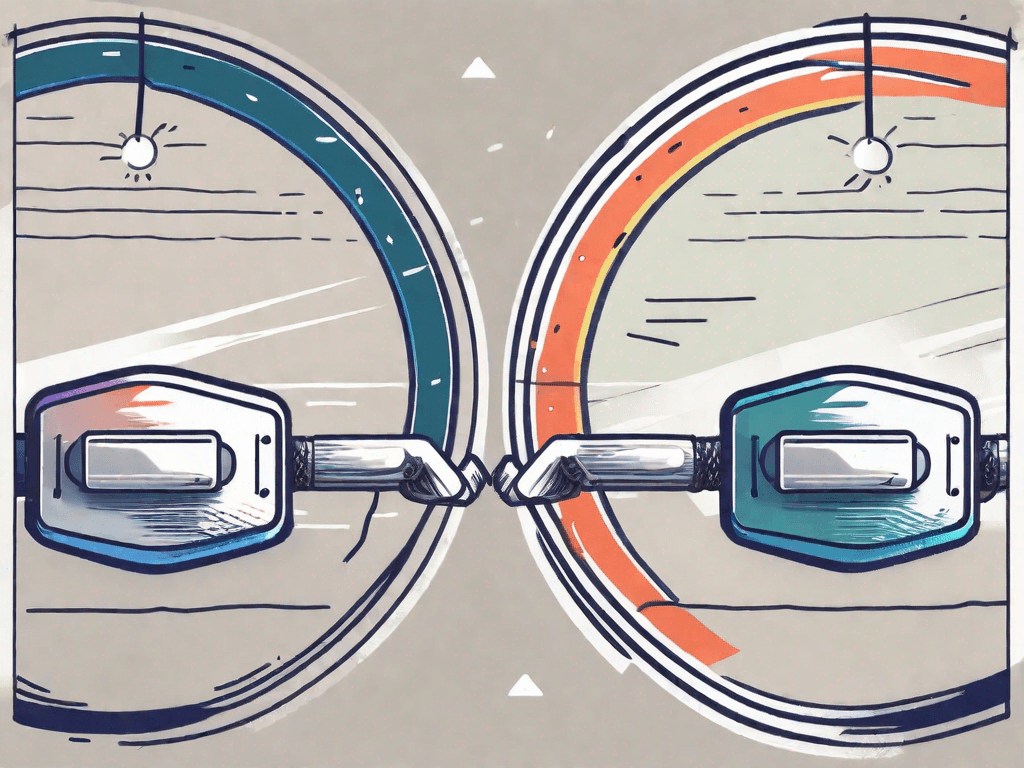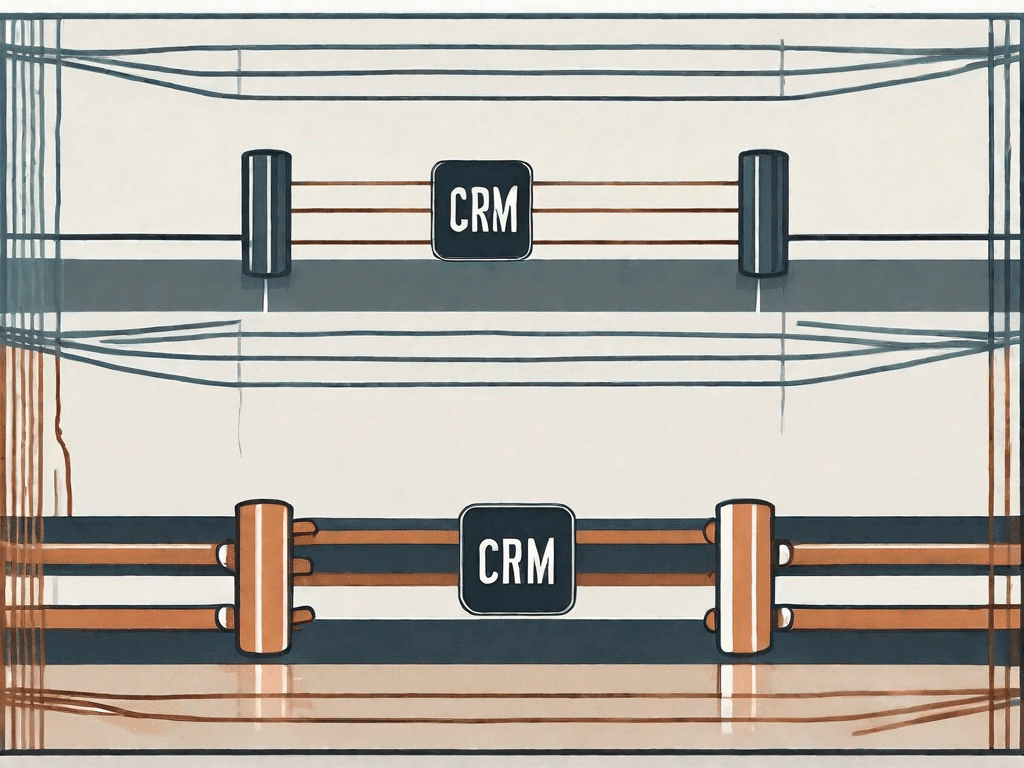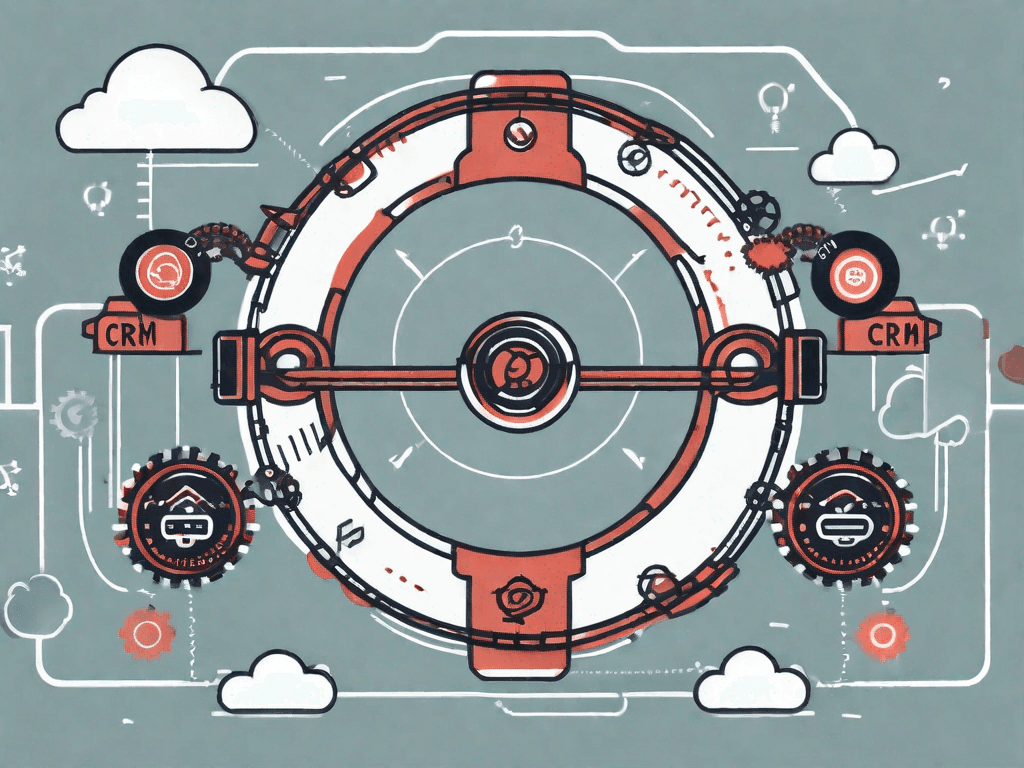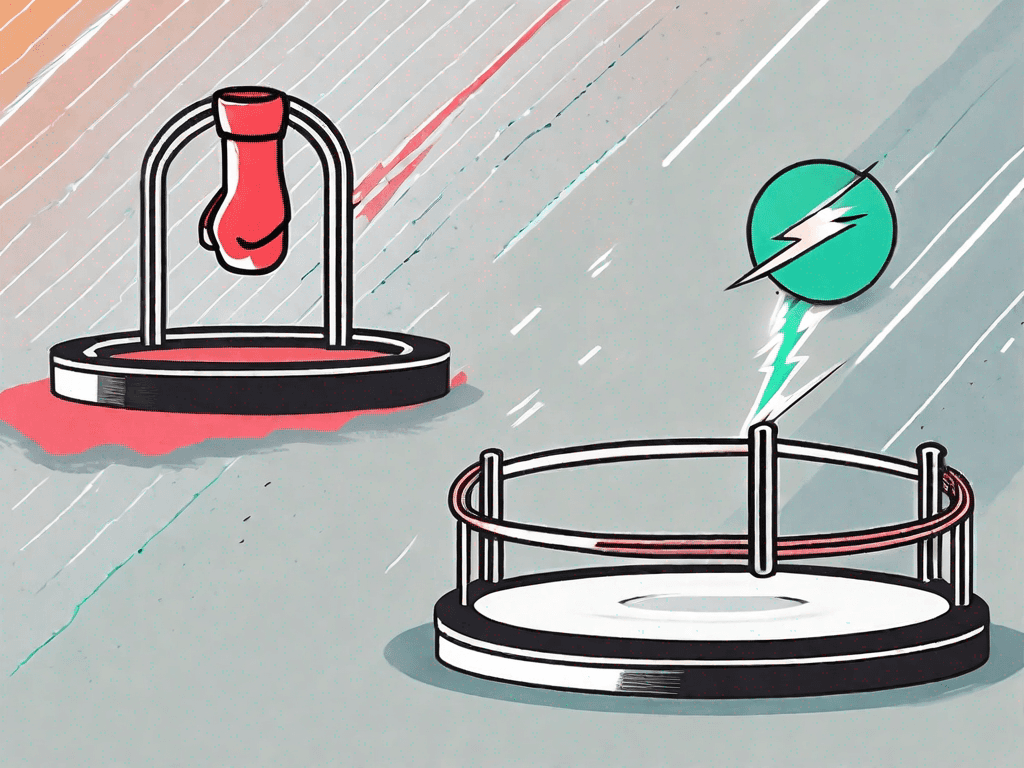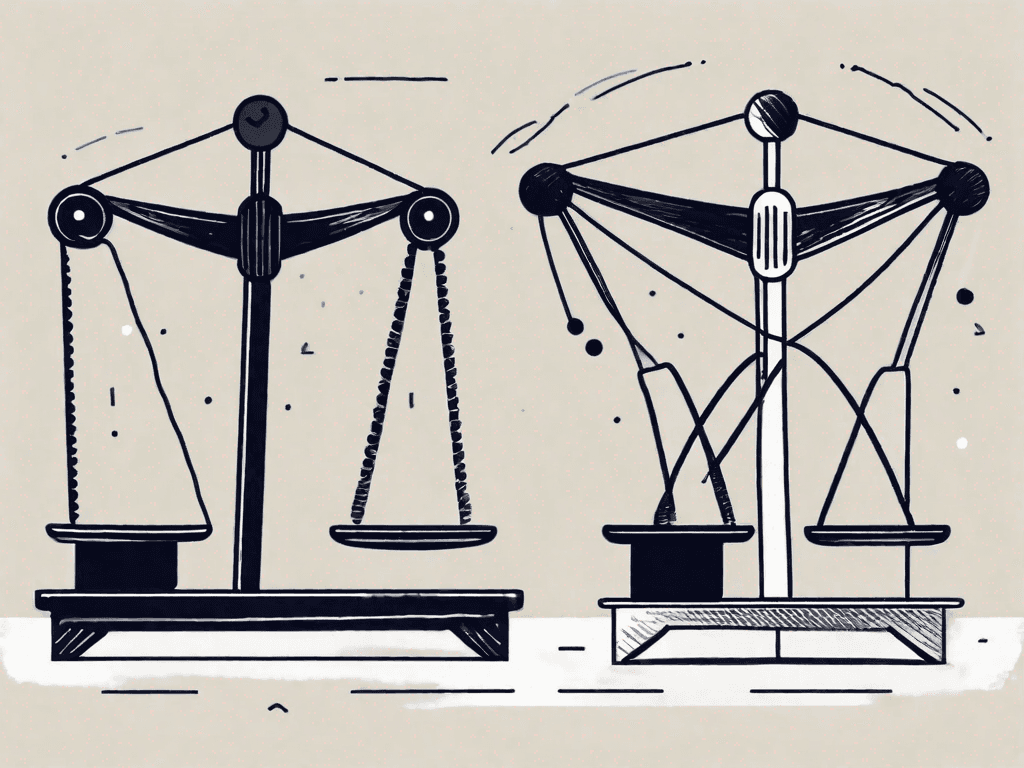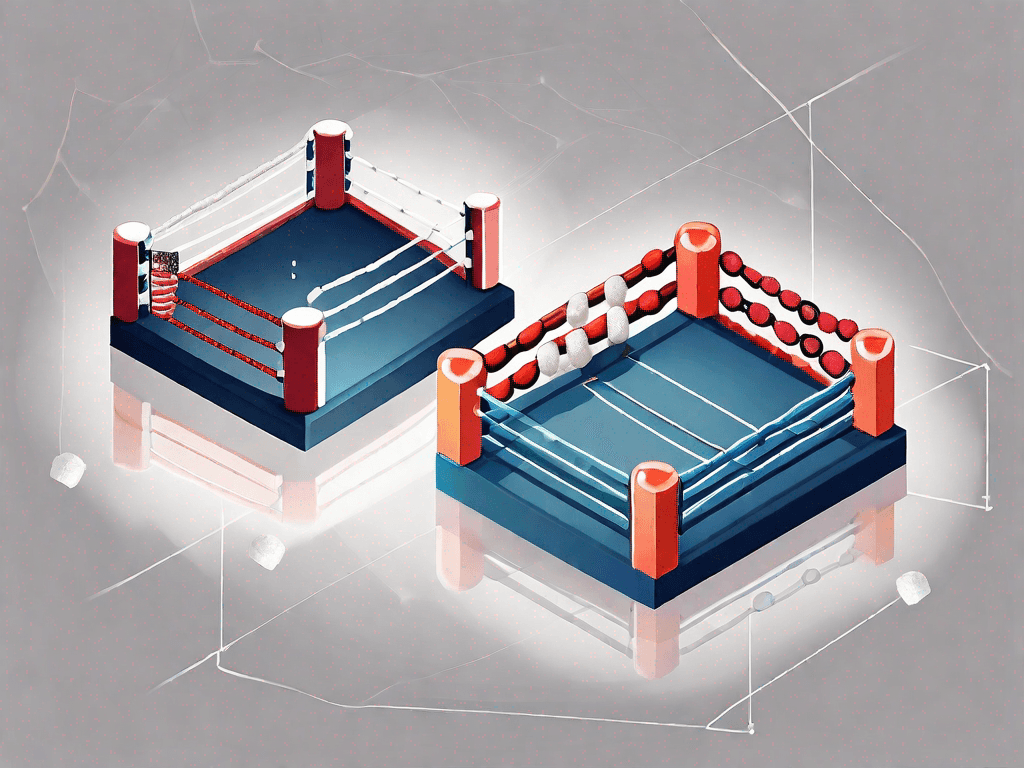
The Ideal Sales Pipeline Template for Web 3 Companies
In the fast-paced world of Web 3 companies, having an efficient sales pipeline is essential for success. This article explores the ideal sales pipeline template that these companies should adopt to maximize their sales and revenue generation. By following the seven stages outlined below, Web 3 companies can streamline their sales process and stay ahead of the competition
The 7 Sales Pipeline Stages Web 3 Companies Should Have
While the specific requirements may vary depending on the nature of the business, there are some key stages that all Web 3 companies should include in their sales pipeline:
Lead Generation: This stage involves identifying potential customers who are likely to be interested in your product or service. By employing various marketing strategies, such as search engine optimization and social media advertising, Web 3 companies can gather a pool of leads to work on.Lead generation is a critical component of any successful sales pipeline. Web 3 companies can utilize advanced analytics tools to track user behavior and identify potential leads. By analyzing website traffic, social media engagement, and other relevant data, companies can target their marketing efforts towards individuals who are most likely to be interested in their offerings. Additionally, leveraging artificial intelligence and machine learning algorithms can help automate lead generation processes, saving time and resources.
Lead Qualification: Not all leads are equal. In this stage, it is crucial to assess the quality of each lead and determine whether they meet your ideal customer profile. This process helps prioritize the most promising leads for further engagement.Lead qualification is essential to ensure that sales efforts are focused on leads with the highest potential for conversion. Web 3 companies can implement lead scoring systems that assign values to different lead attributes, such as job title, company size, and engagement level. By analyzing these scores, sales teams can prioritize their efforts and allocate resources effectively. Furthermore, incorporating machine learning algorithms can enhance lead qualification by continuously learning from past data and refining the scoring criteria, a capability often provided by specialized machine learning development services.
Needs Assessment: Once a lead qualifies, it is important to understand their specific needs and pain points. By conducting thorough interviews or surveys, Web 3 companies can gather valuable insights to tailor their sales pitch and offer a personalized solution.Understanding the needs of potential customers is crucial for delivering a tailored sales pitch that resonates with them. Web 3 companies can leverage advanced data analytics tools to gain insights into customer behavior, preferences, and pain points. By analyzing customer interactions, feedback, and past purchases, companies can identify patterns and trends that help them understand what customers truly need. This knowledge allows for the creation of personalized solutions that address specific pain points, increasing the chances of conversion.
Solution Presentation: Armed with a clear understanding of the customer's needs, Web 3 companies can now present their product or service as the ideal solution. This stage involves demonstrations, product trials, or detailed presentations to showcase the unique value proposition.A compelling solution presentation is crucial for convincing potential customers that your product or service is the right fit for their needs. Web 3 companies can leverage interactive technologies, such as virtual reality or augmented reality, to provide immersive product demonstrations. These technologies allow customers to experience the product or service firsthand, increasing their confidence in its capabilities. Additionally, incorporating customer testimonials and case studies into the presentation can provide social proof and further strengthen the value proposition.
Negotiation: As the customer shows interest, the negotiation stage begins. This is where pricing, terms, and conditions are discussed and agreed upon. Web 3 companies can leverage the benefits of blockchain technology to ensure transparency and secure transactions.Negotiation is a delicate process that requires effective communication and a fair exchange of value. Web 3 companies can utilize blockchain technology to enhance transparency and trust during negotiations. By recording and encrypting negotiation details on a decentralized ledger, both parties can have access to a secure and immutable record of the agreed-upon terms. This eliminates the need for intermediaries and reduces the risk of disputes or misunderstandings.
Closing the Deal: The penultimate stage involves finalizing the deal and getting the customer's commitment. This may involve obtaining signed contracts or agreements and initiating the necessary processes for product delivery or service activation.Closing the deal is the culmination of the sales process and requires careful attention to detail. Web 3 companies can streamline this stage by implementing digital contract signing platforms. These platforms allow customers to sign contracts electronically, eliminating the need for physical paperwork and reducing delays. Additionally, implementing automated workflows and notifications can ensure that all necessary processes, such as product delivery or service activation, are initiated promptly upon closing the deal.
Post-Sales Support: The sales process doesn't end with closing the deal. Web 3 companies must provide ongoing customer support to ensure customer satisfaction and build long-term relationships. This stage includes addressing customer concerns, providing training, and offering continuous support throughout the customer's journey.Post-sales support is crucial for maintaining customer satisfaction and fostering long-term loyalty. Web 3 companies can leverage advanced customer relationship management (CRM) systems to track customer interactions, preferences, and issues. By proactively addressing customer concerns and providing timely support, companies can enhance the overall customer experience. Additionally, offering training resources and educational materials can empower customers to maximize the value they derive from the product or service, further solidifying the relationship.
Example of the Customer Journey in a Sales Pipeline for Web 3 Companies Step-by-Step
Let's take a closer look at how a typical customer journey unfolds within the sales pipeline of a Web 3 company:
John, a potential customer, comes across an advertisement for a Web 3 company's innovative product.
Impressed by the ad, John visits the company's website and provides his contact information to learn more.
After evaluating John's profile, the company's sales team qualifies him as a strong lead and schedules an initial call.
During the call, the sales representative engages John in a meaningful conversation to understand his specific needs and pain points.
Based on the information gathered, the sales representative delivers a personalized solution presentation, highlighting how the product can address John's concerns.
Following the presentation, the sales representative negotiates the pricing and provides transparent details utilizing blockchain technology, ensuring a secure and tamper-proof agreement.
Once the agreement is finalized, the sales representative secures John's commitment and proceeds to activate the product.
The Web 3 company maintains regular communication with John, providing post-sales support, addressing any concerns, and ensuring his satisfaction.
Why Web 3 Companies need this Sales Pipeline Template?
Now that we have explored the various stages of a sales pipeline for Web 3 companies, let's dive deeper into why adopting this template is crucial for their success:
3.1 - You'll save time analyzing Web 3 companies' performance.
By following a structured sales pipeline template, Web 3 companies can easily track their progress at each stage.
Utilizing a USDC Calculator within the sales pipeline can help Web 3 companies accurately convert cryptocurrency values to fiat currencies, providing clearer financial projections and facilitating smoother transactions with clients unfamiliar with digital assets.
This allows them to identify bottlenecks, optimize processes, and make data-driven decisions to enhance their overall sales performance. Time saved on analysis can be allocated to nurturing leads and closing deals.
3.2 - You'll grow revenues faster by leveraging blockchain technology.
The integration of blockchain technology within the sales pipeline offers unparalleled benefits. With transparent and secure transactions, Web 3 companies can build trust with customers and accelerate deal closures. The added layer of security provided by blockchain ensures a seamless and efficient sales process, resulting in faster revenue growth.
In conclusion, implementing the ideal sales pipeline template is essential for Web 3 companies aiming to drive revenue and gain a competitive edge. By incorporating the seven stages outlined above and leveraging blockchain technology, these companies can build strong customer relationships, streamline their sales process, and ultimately thrive in the Web 3 ecosystem.



